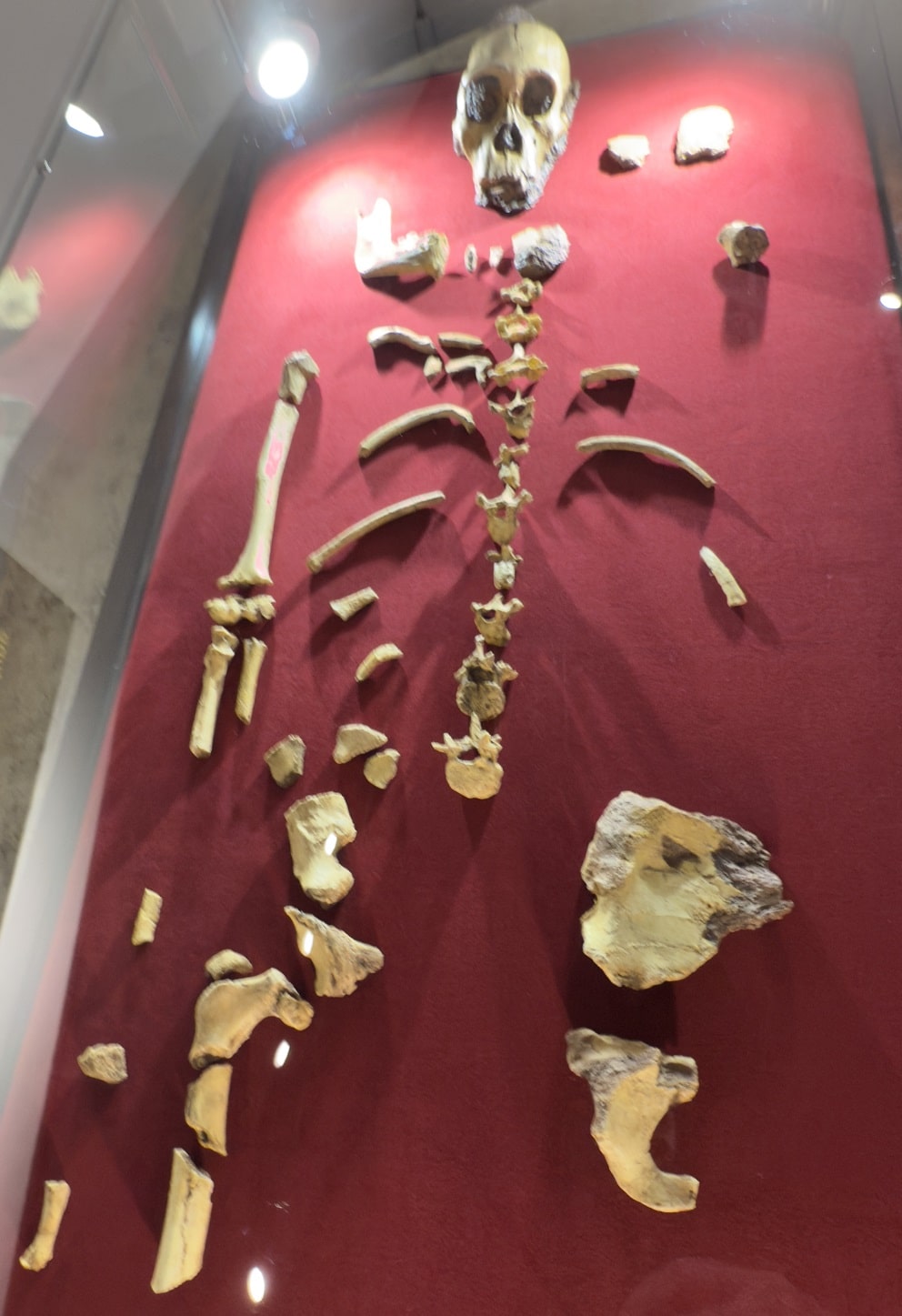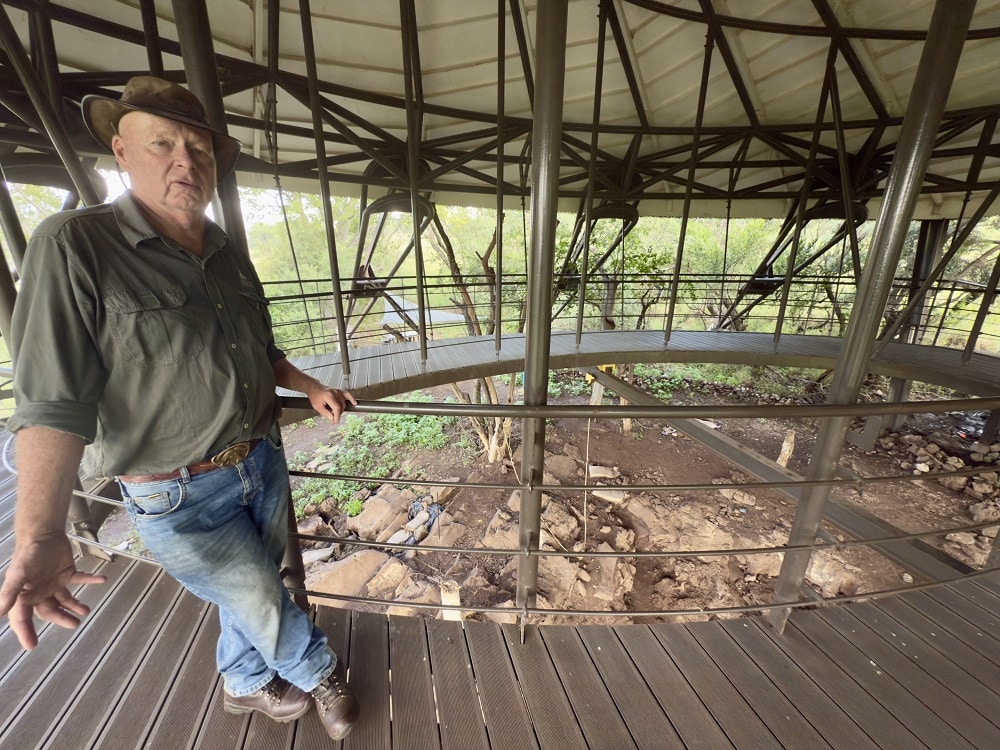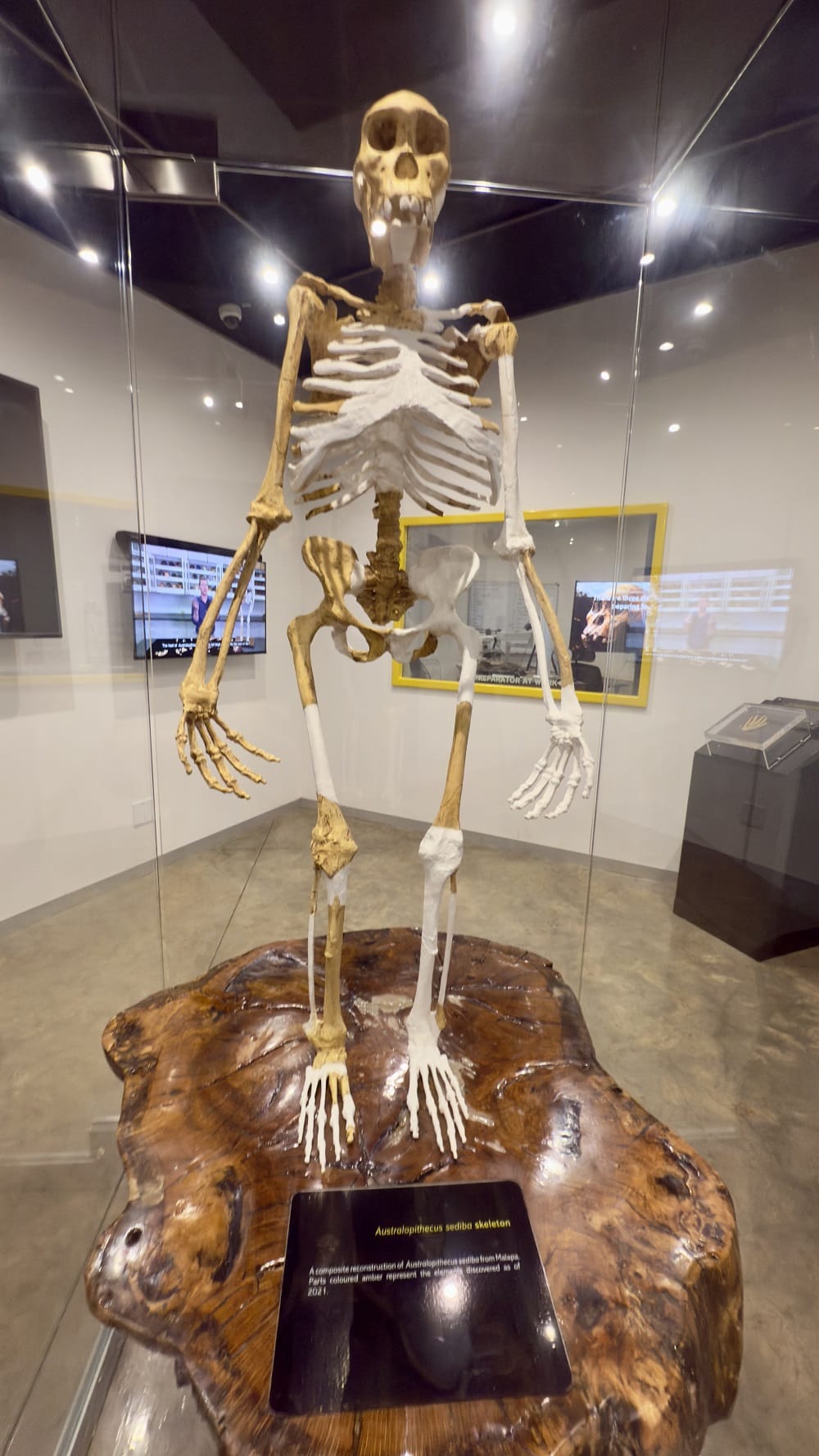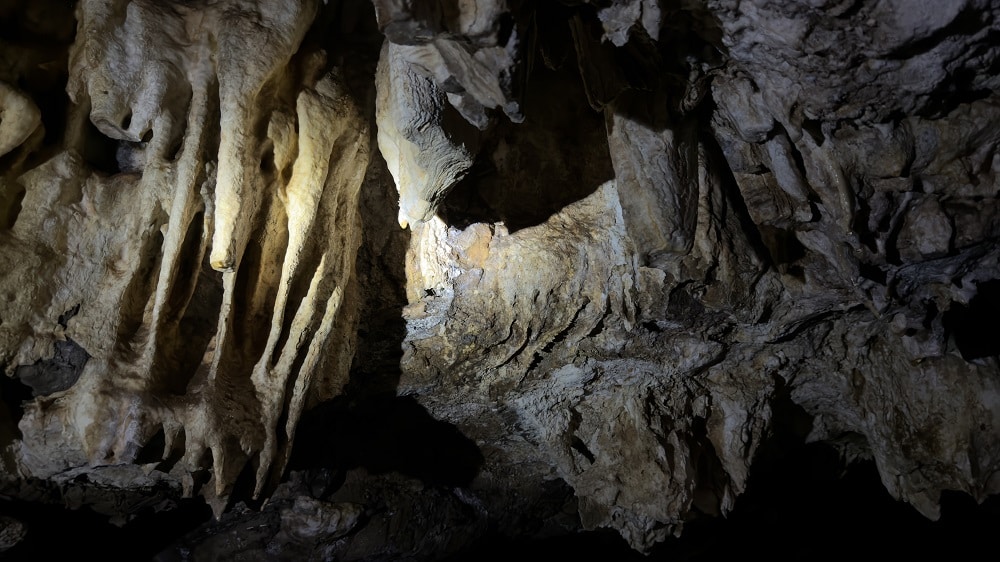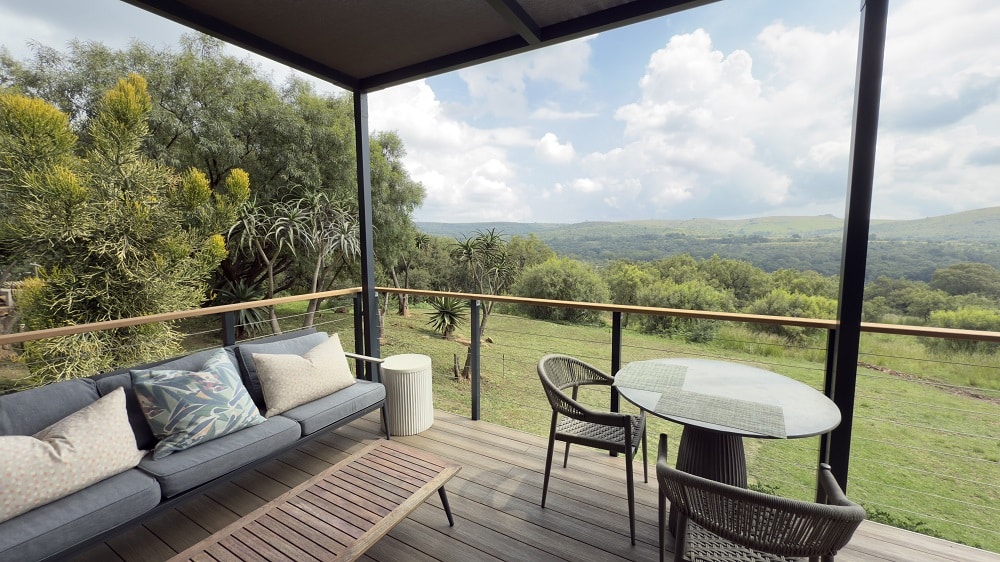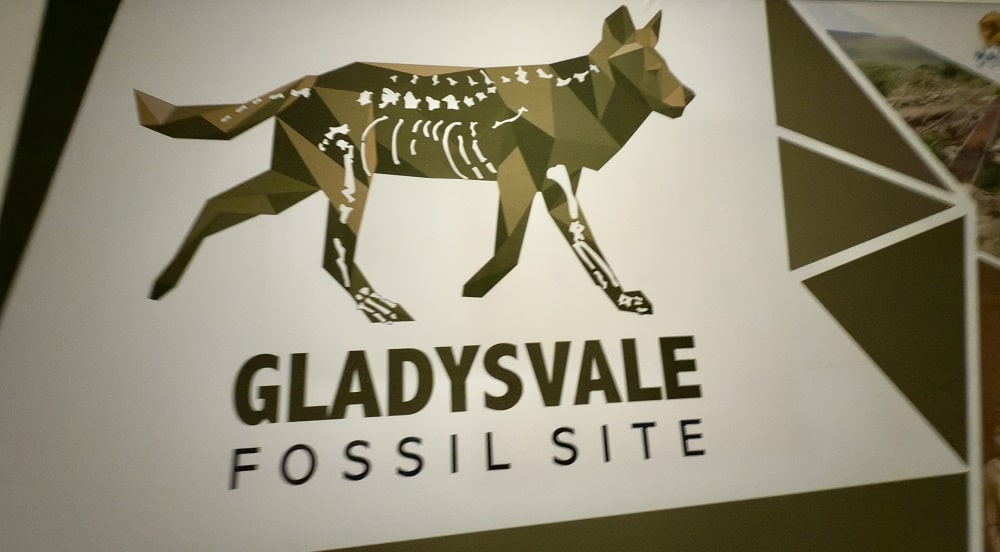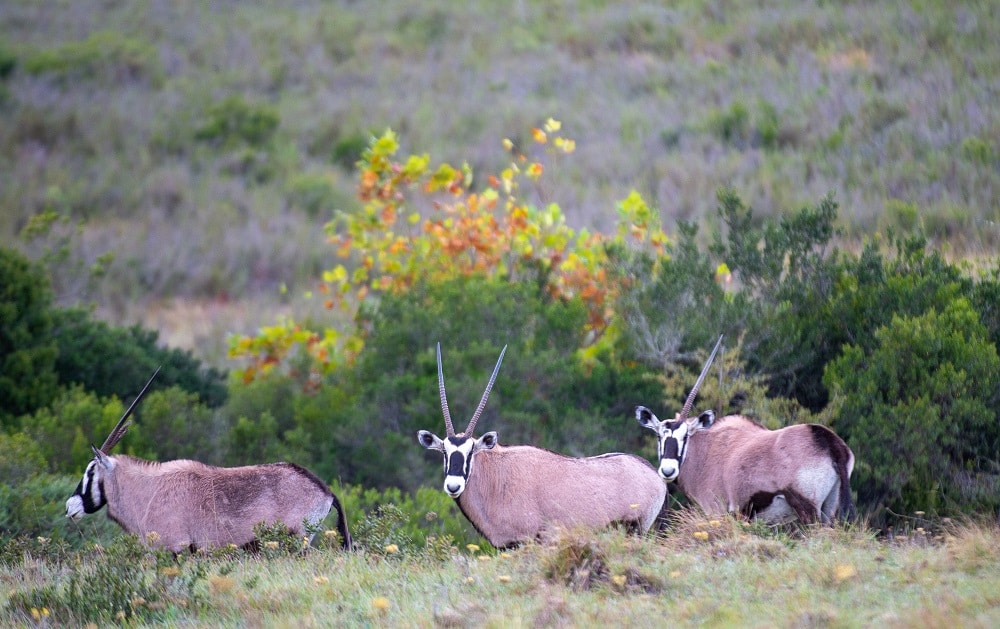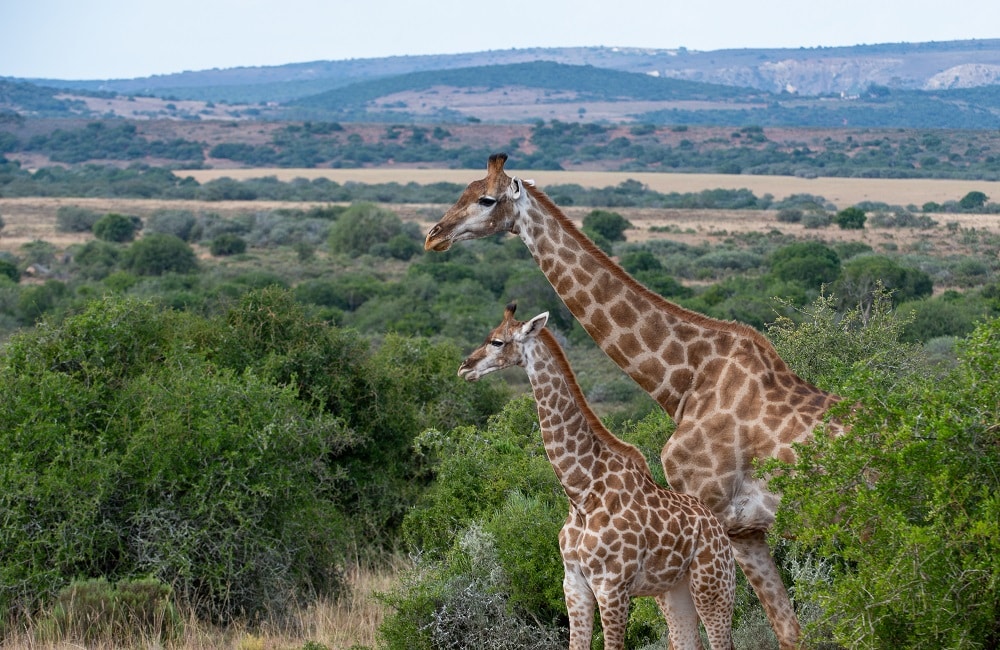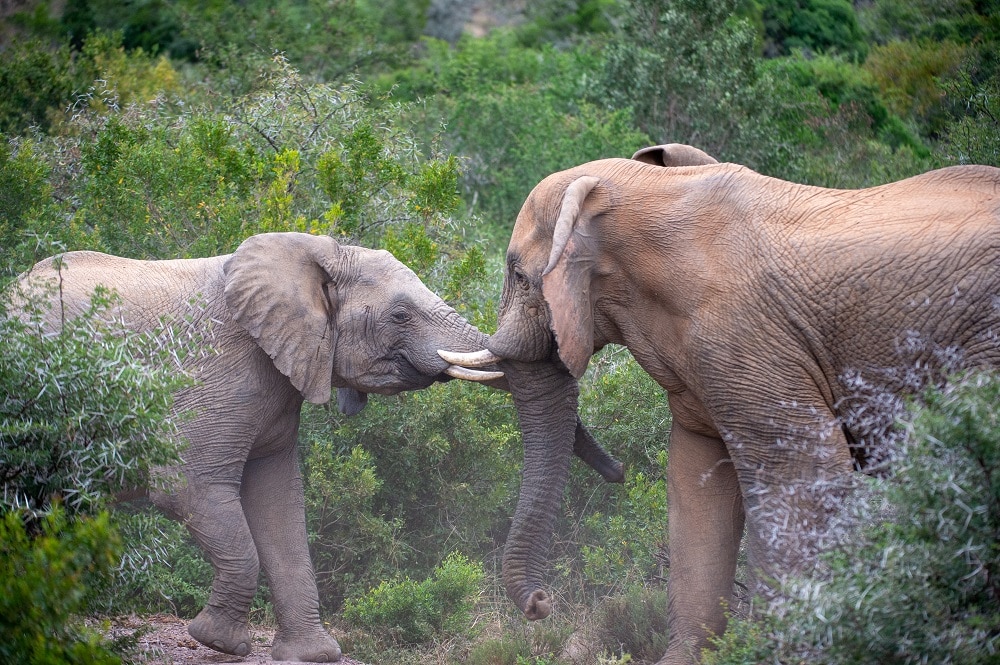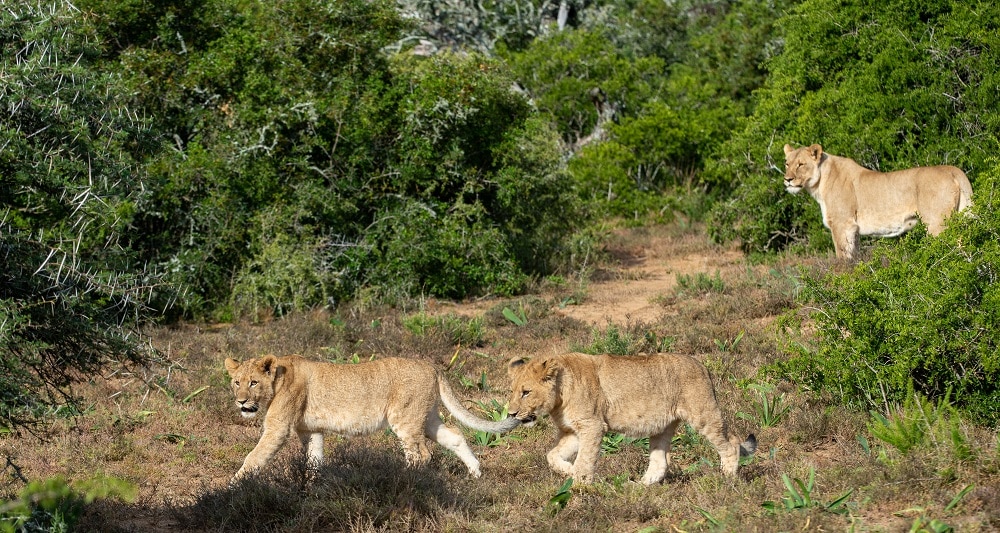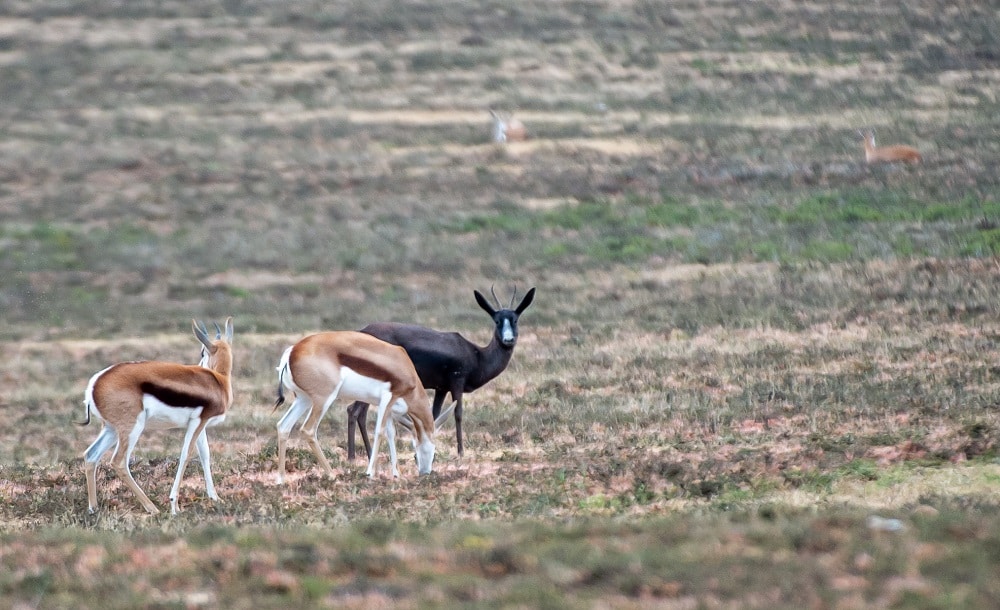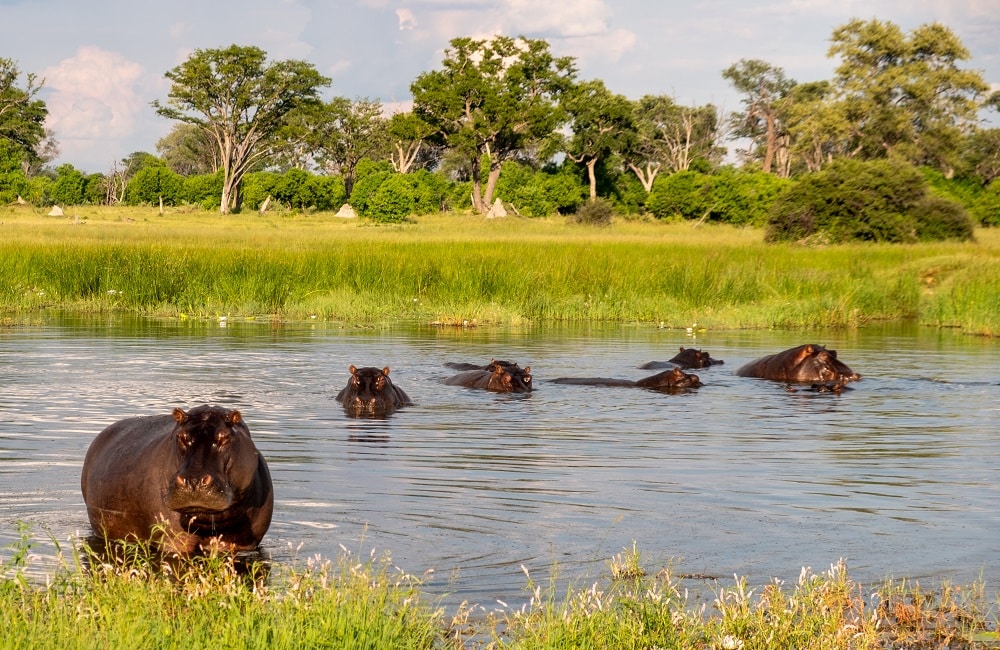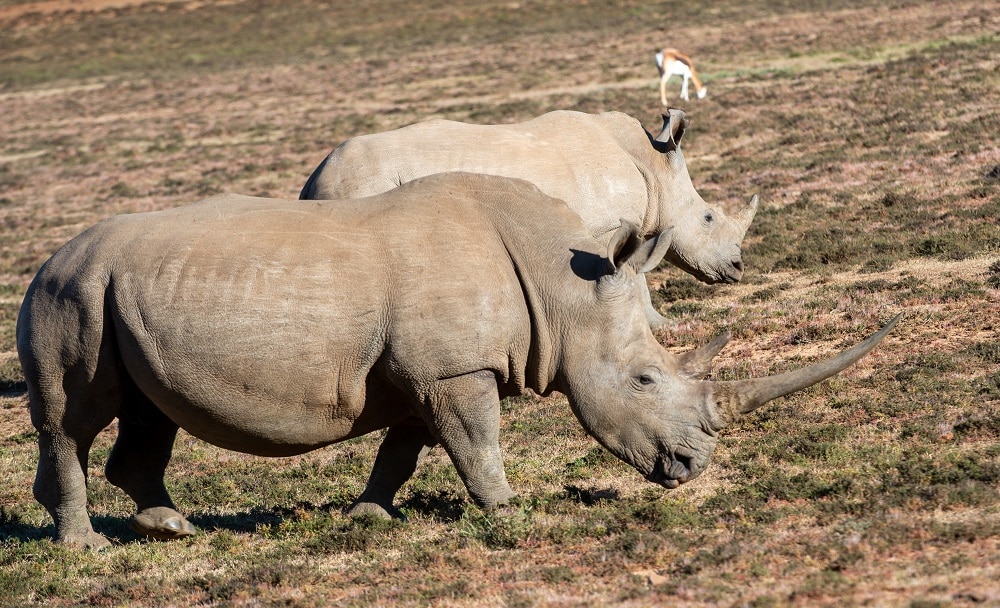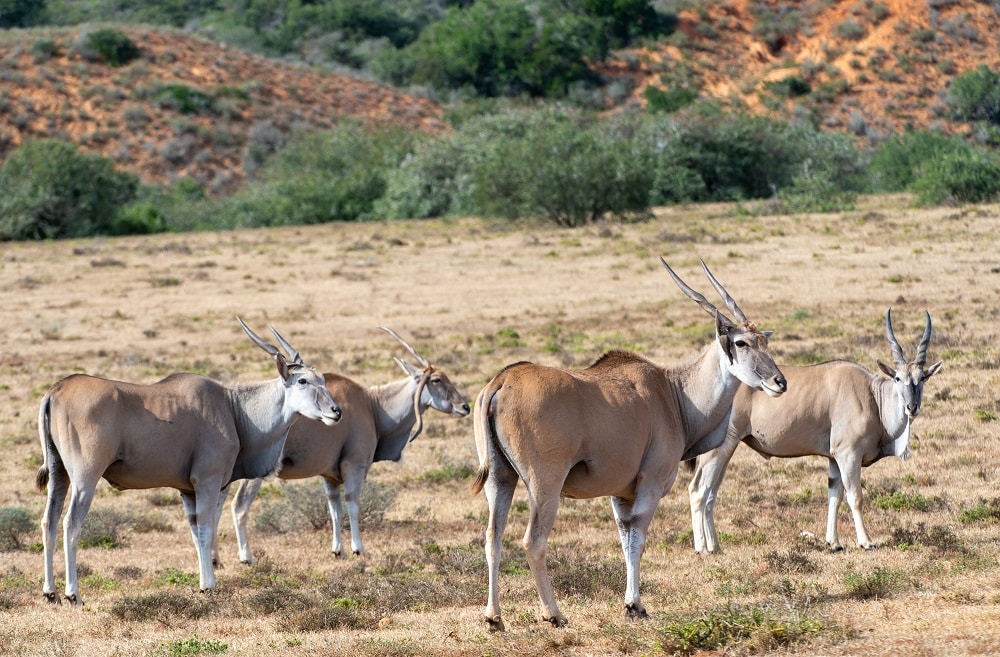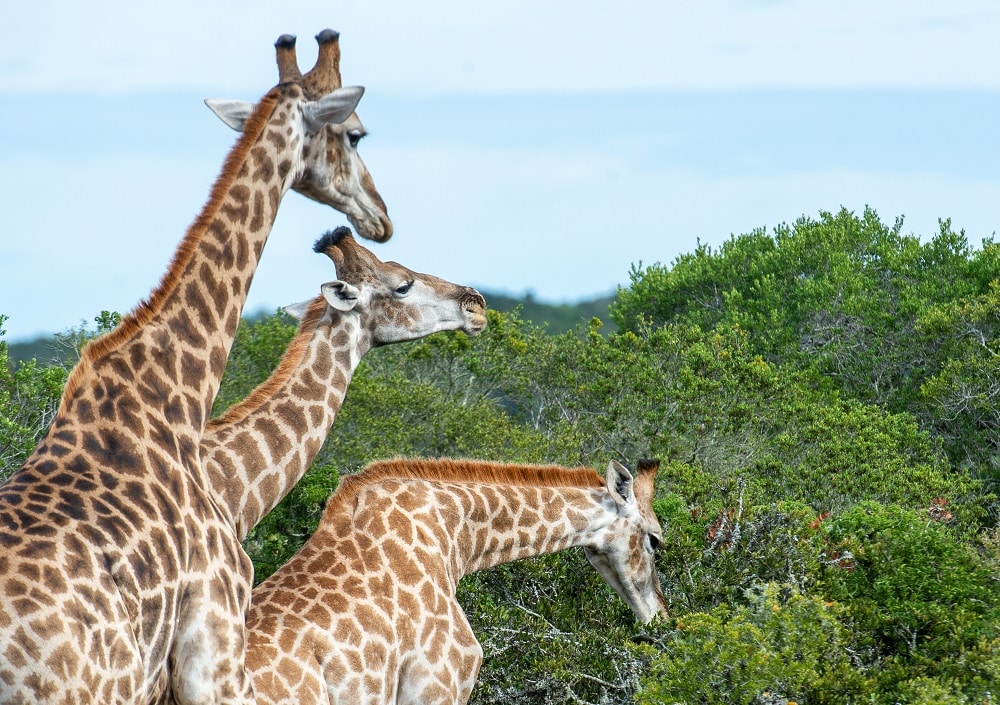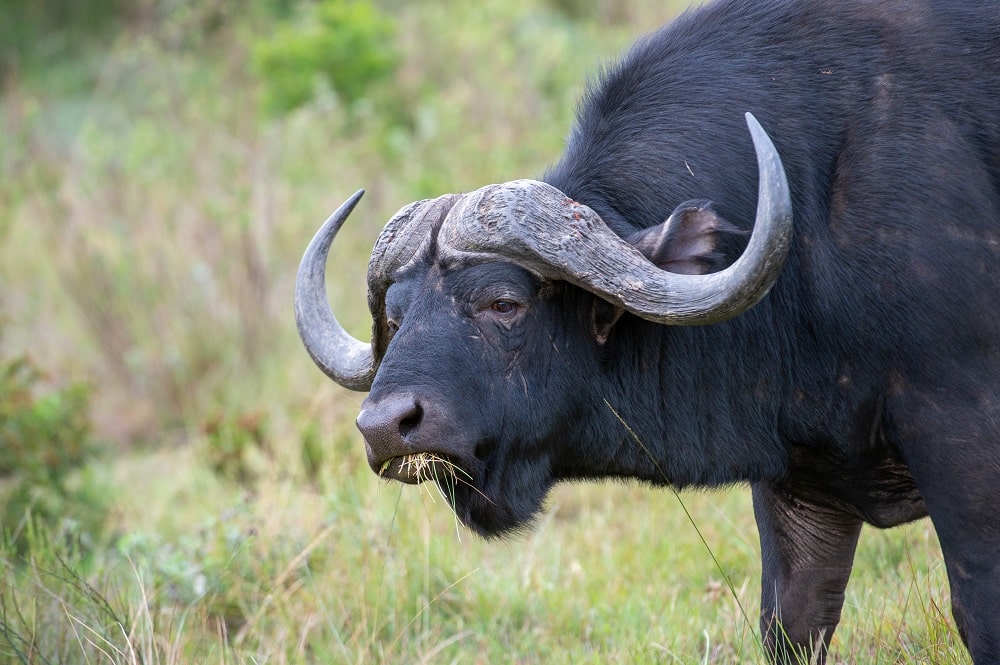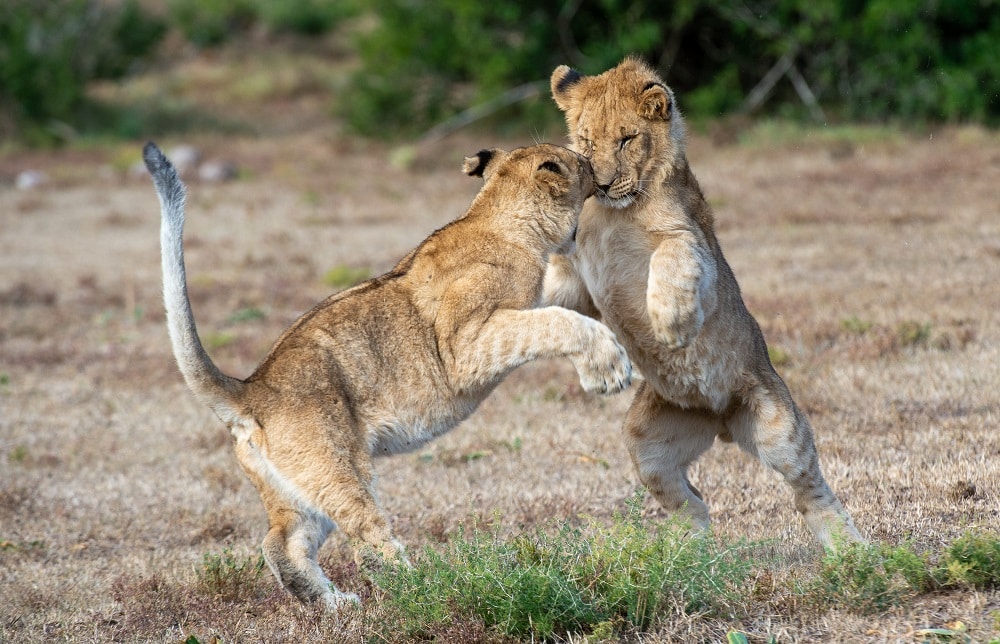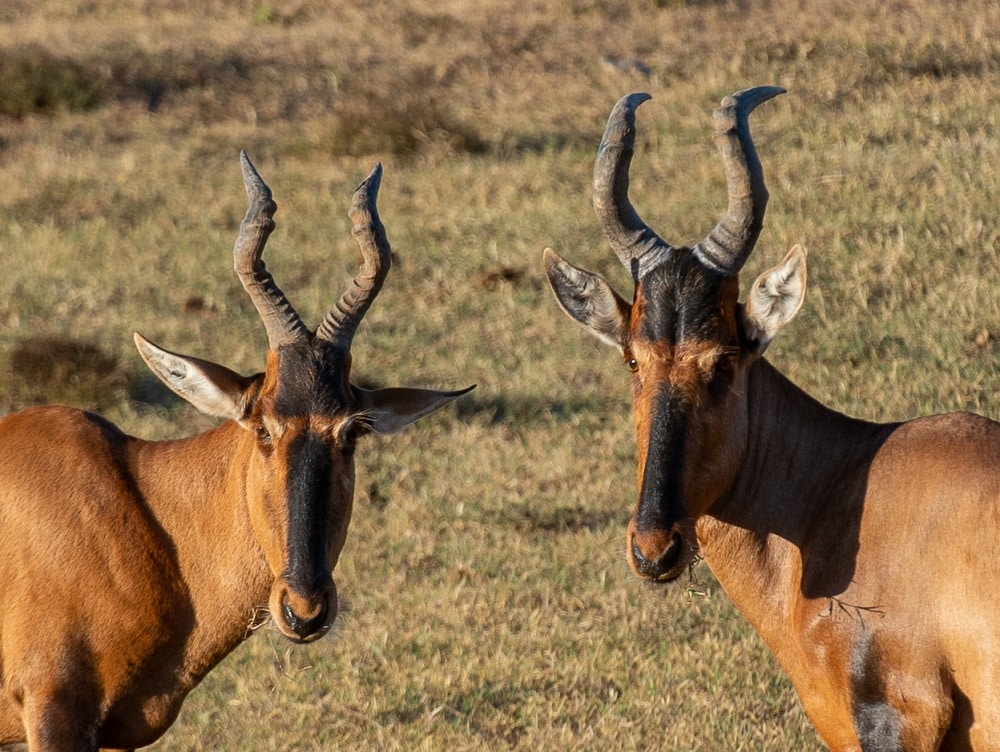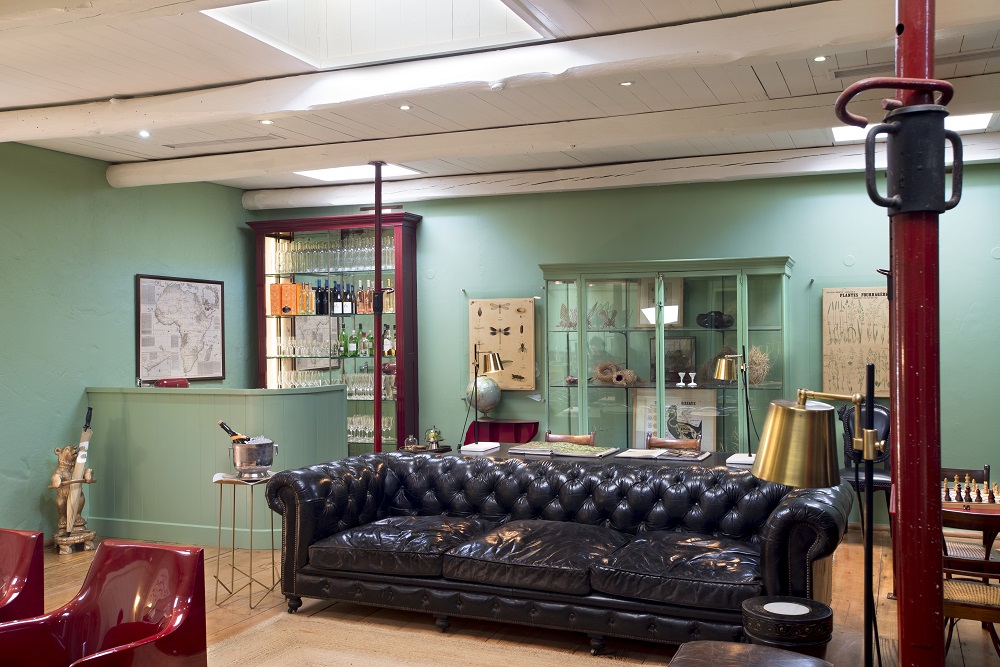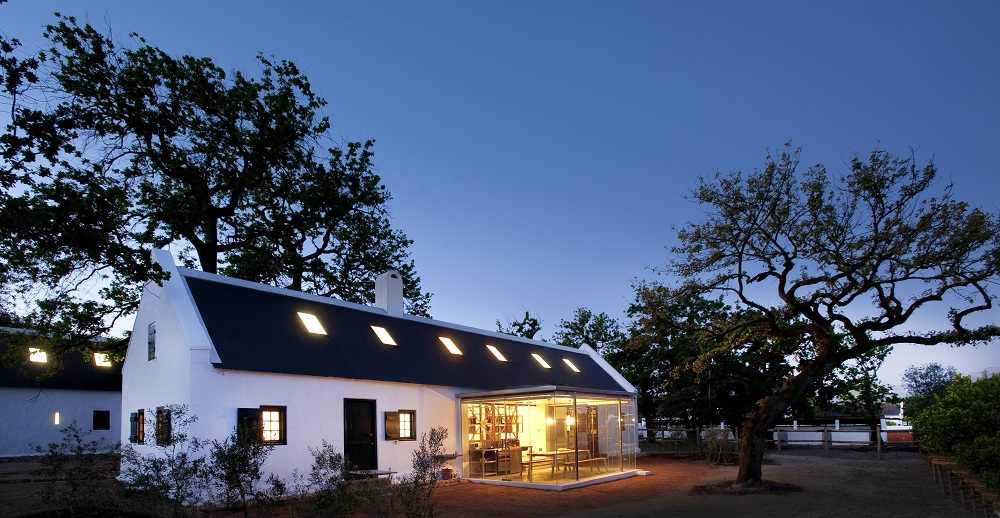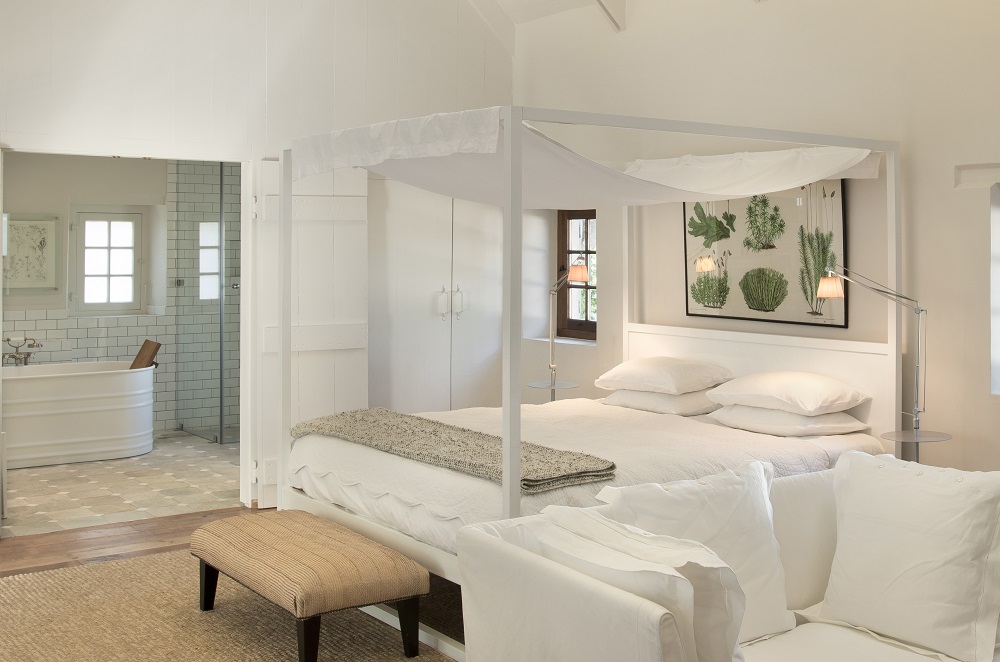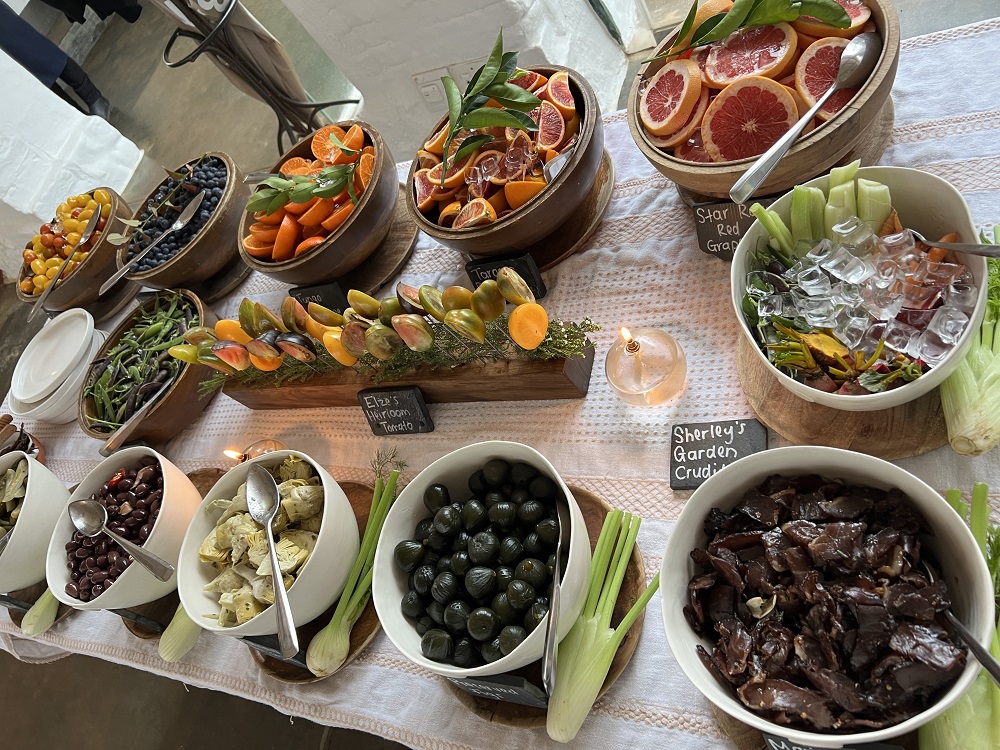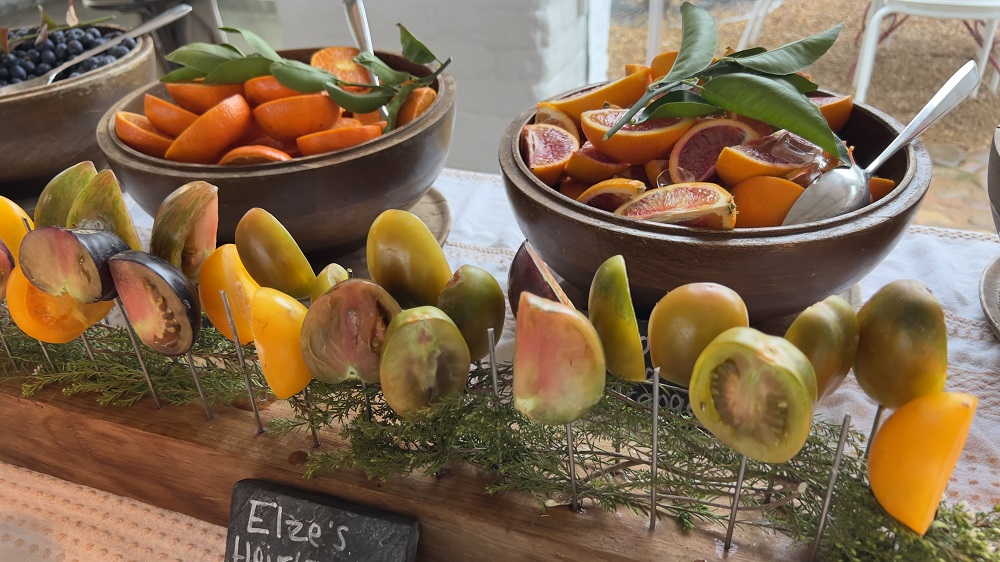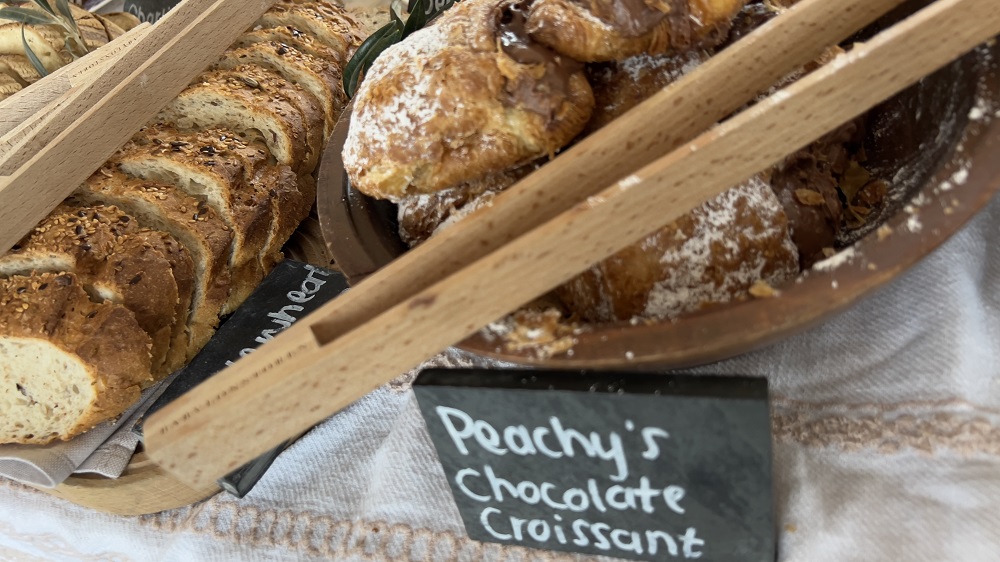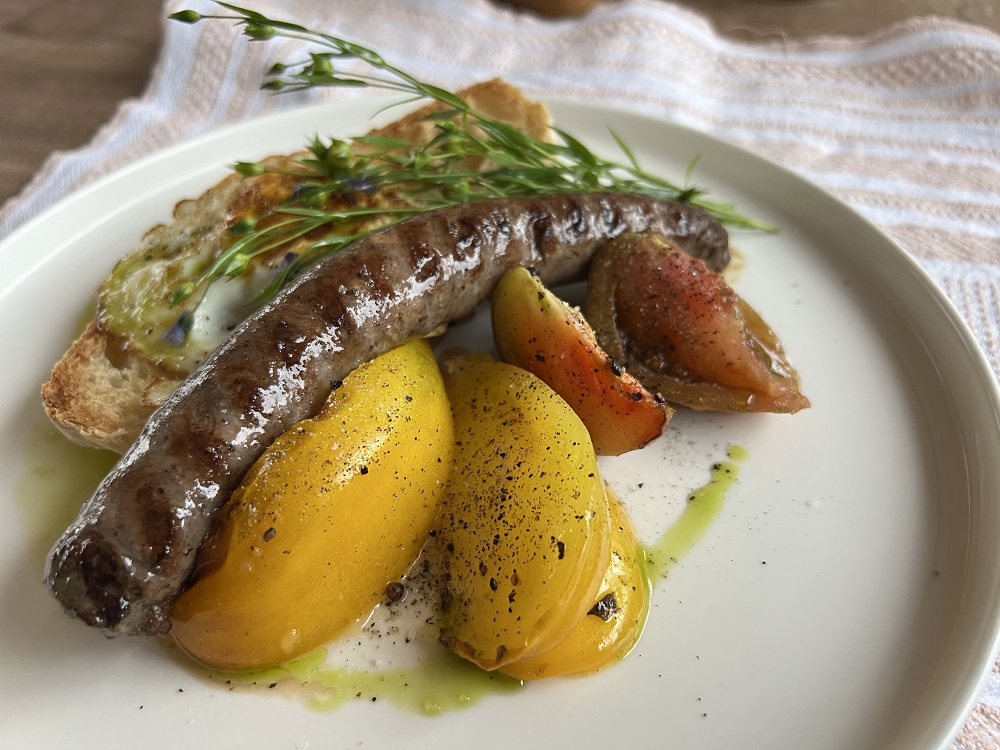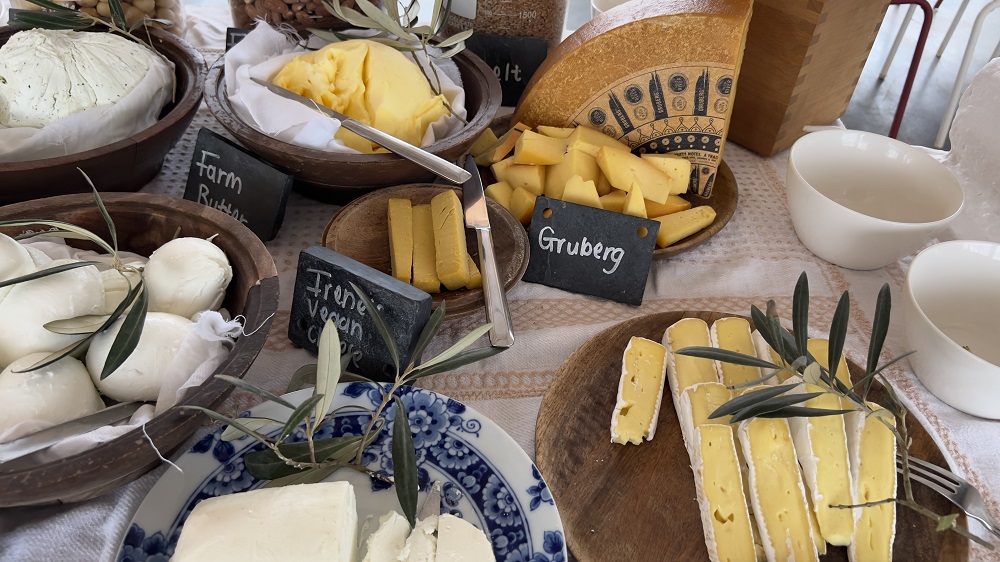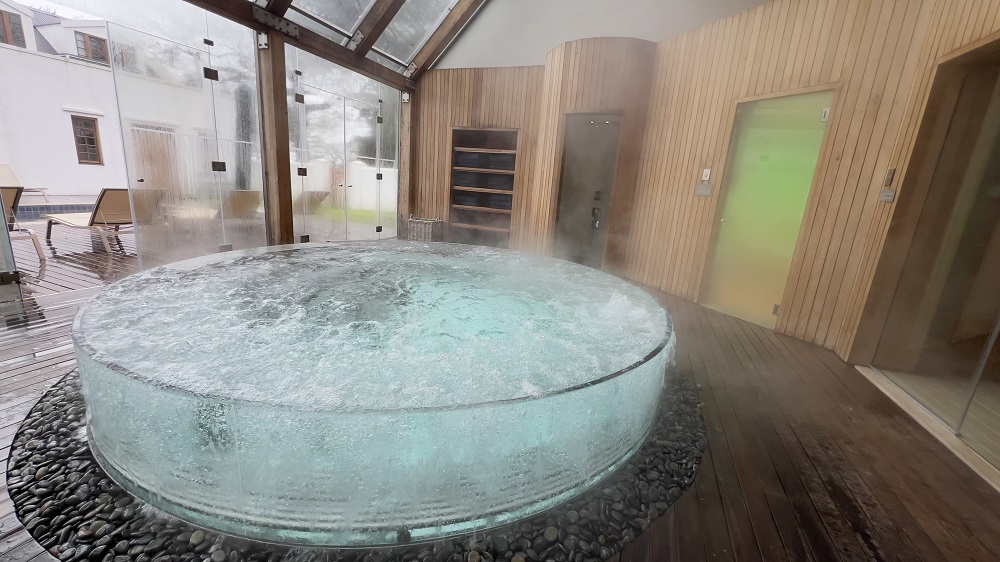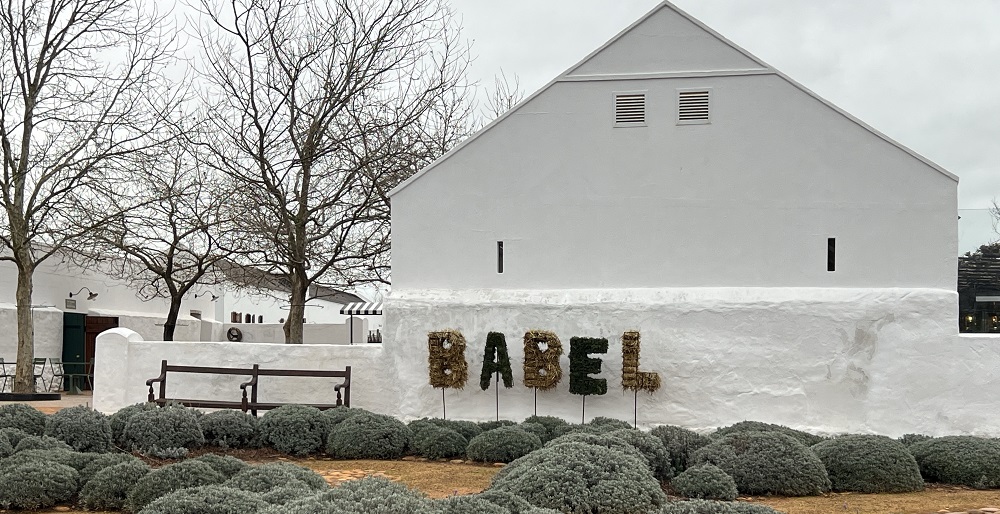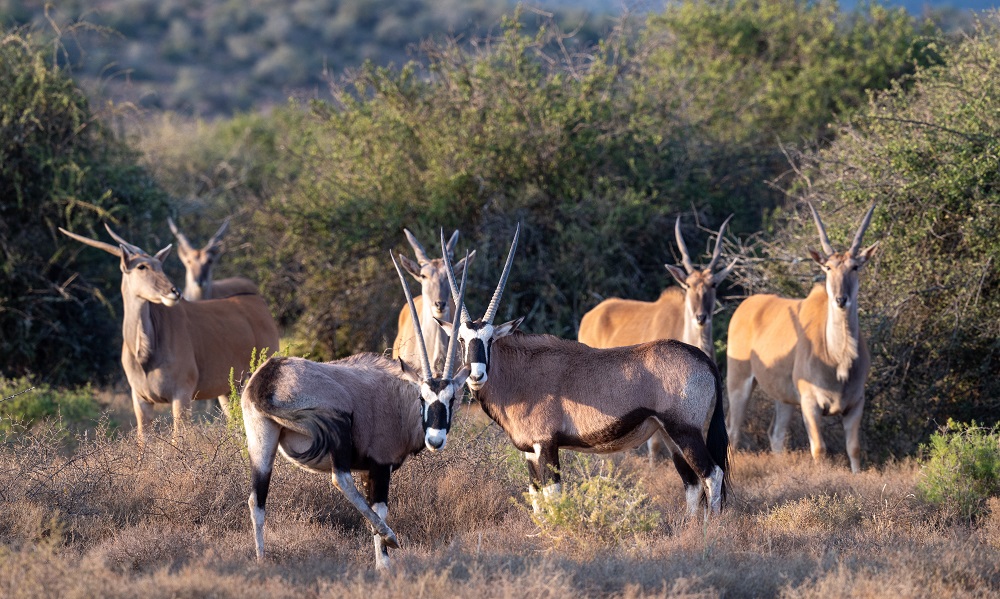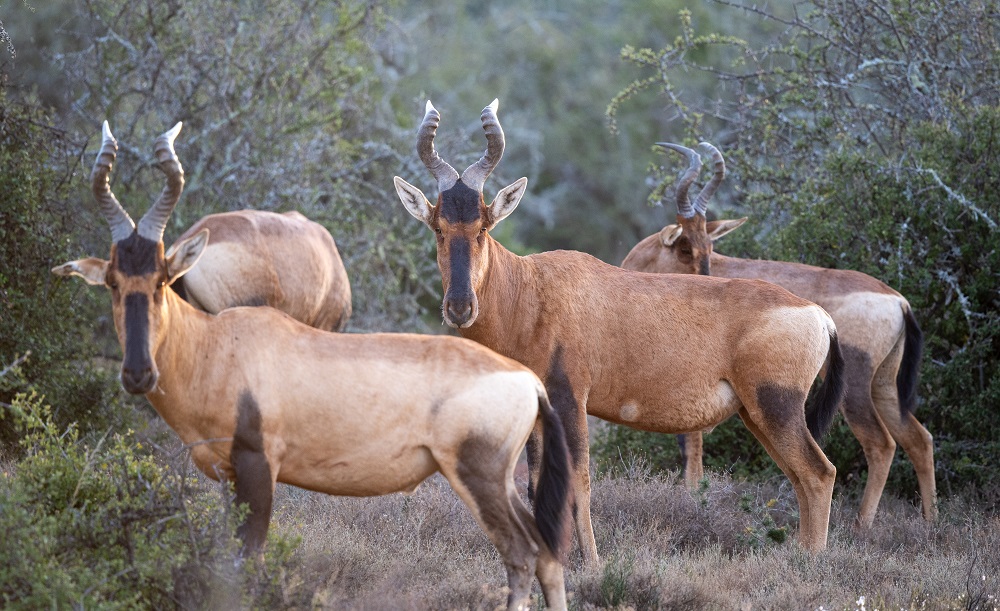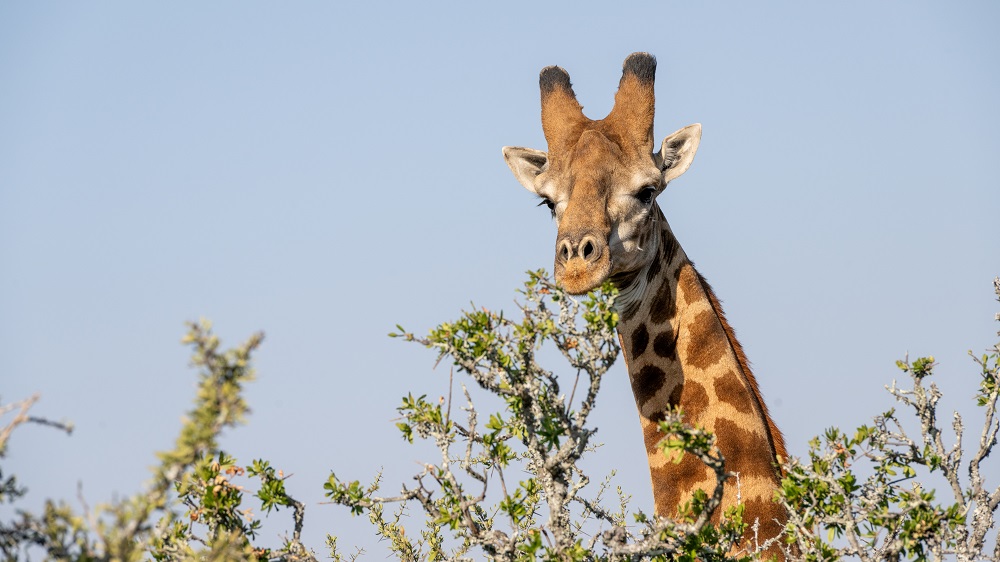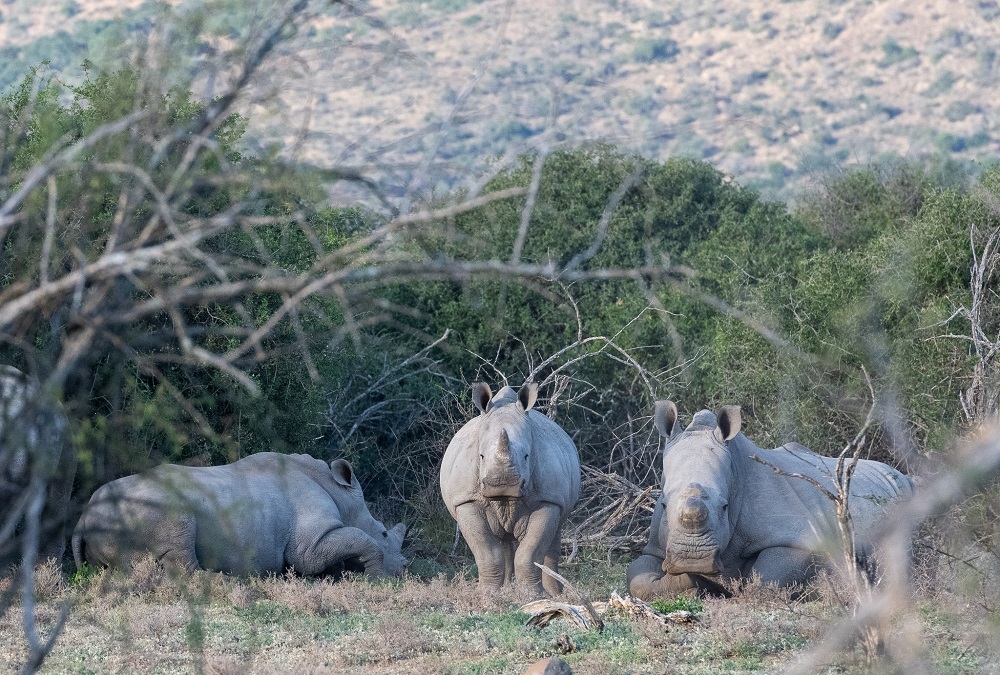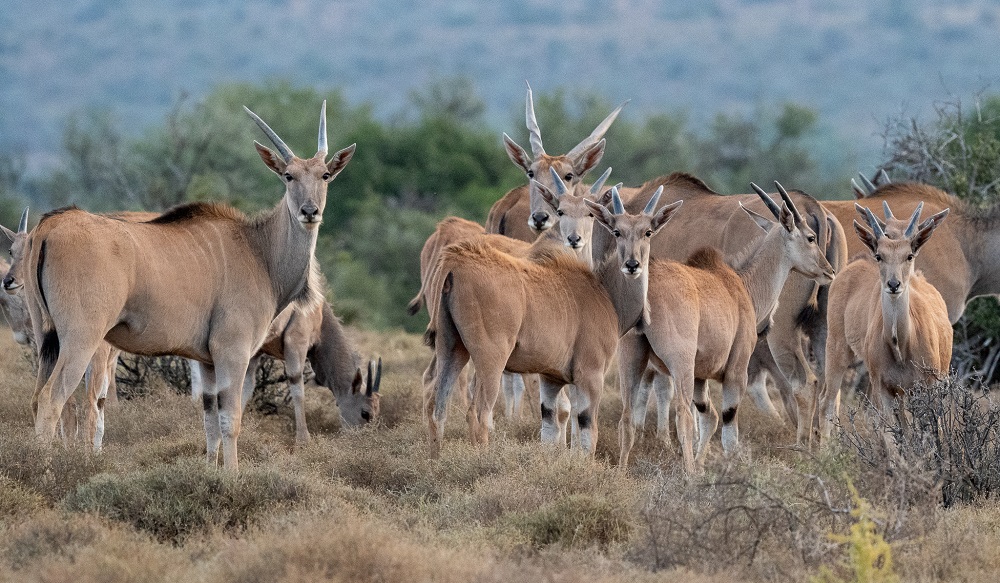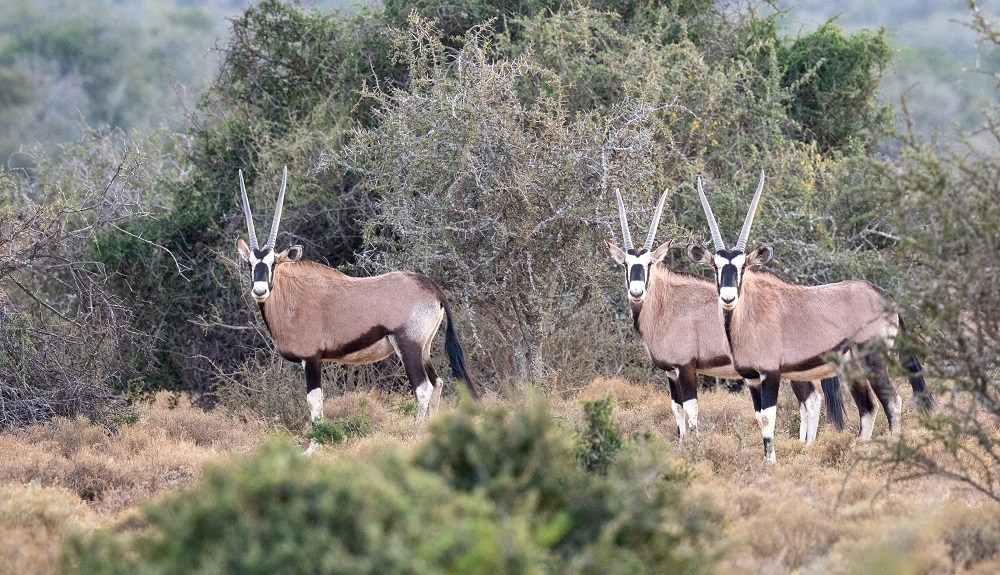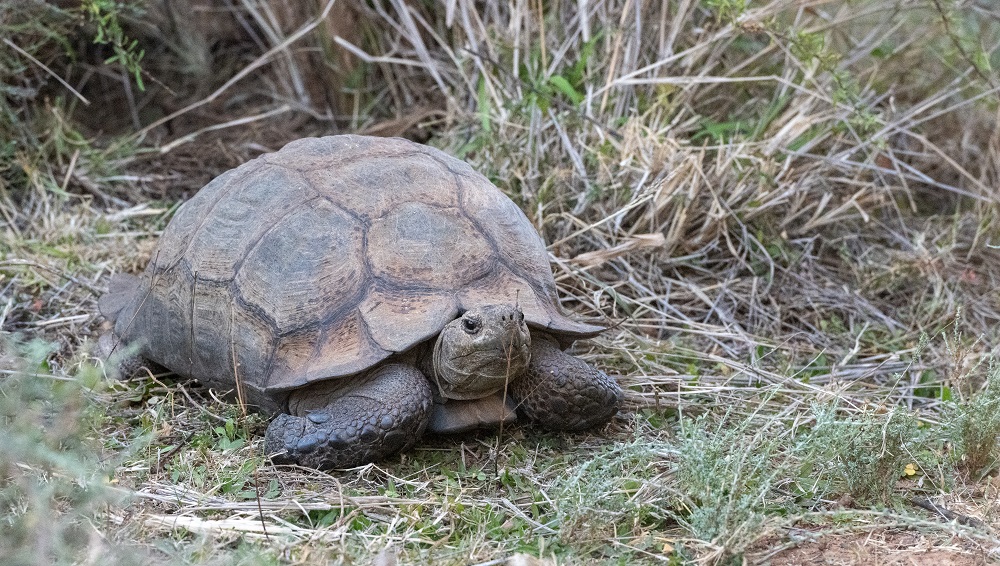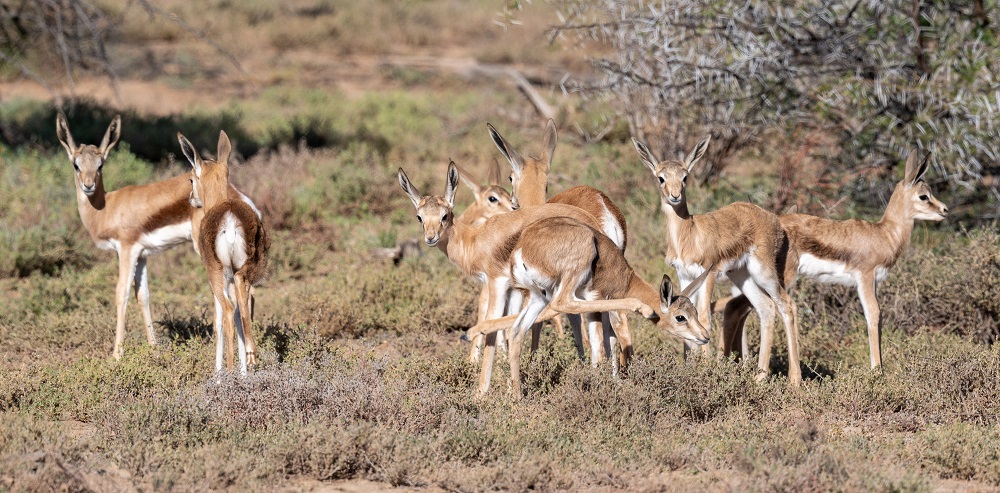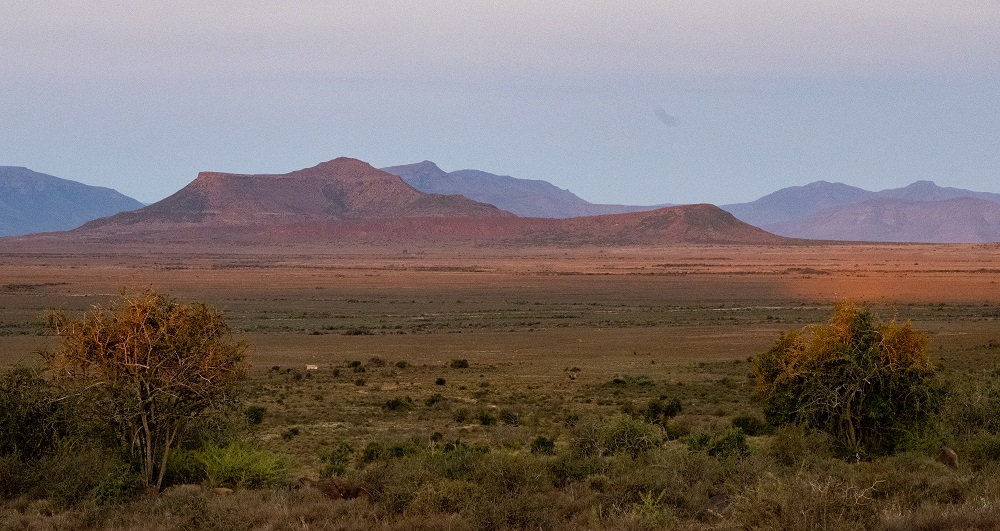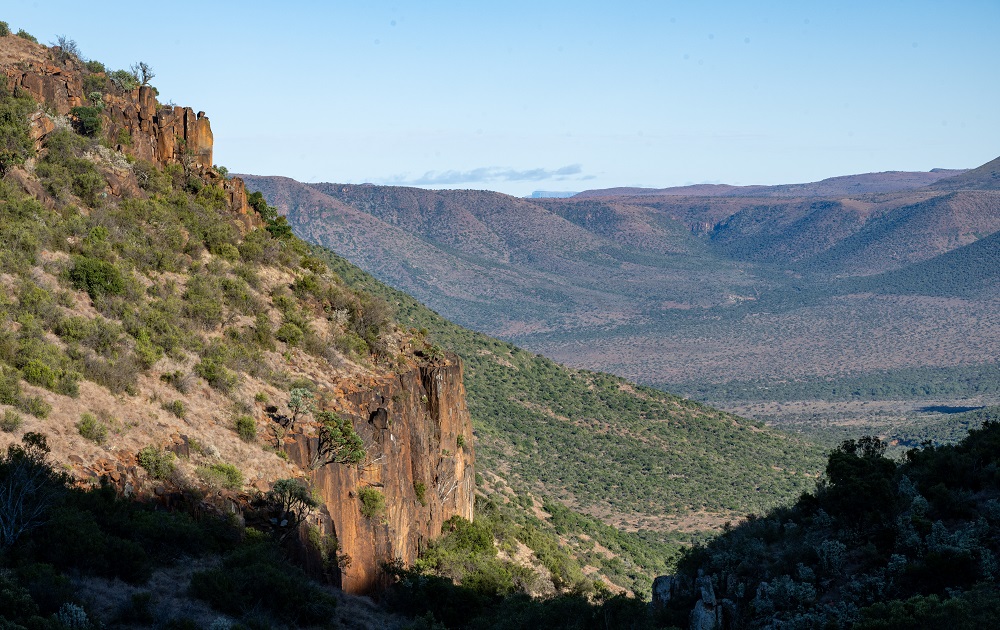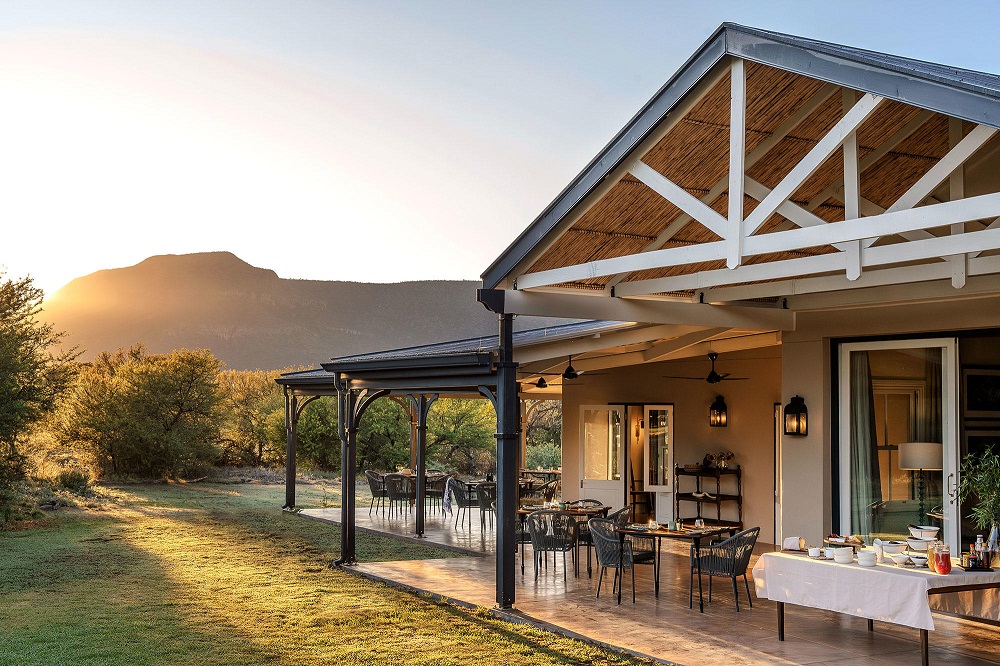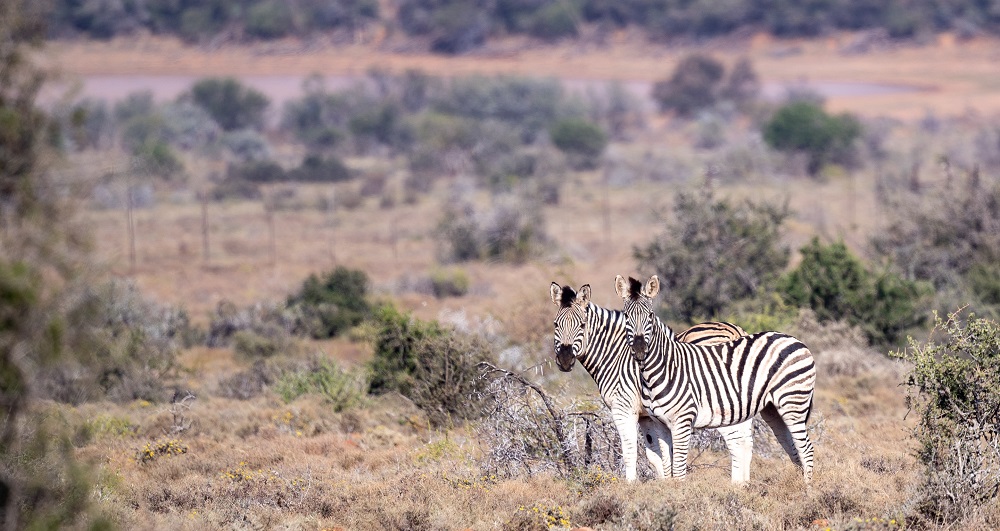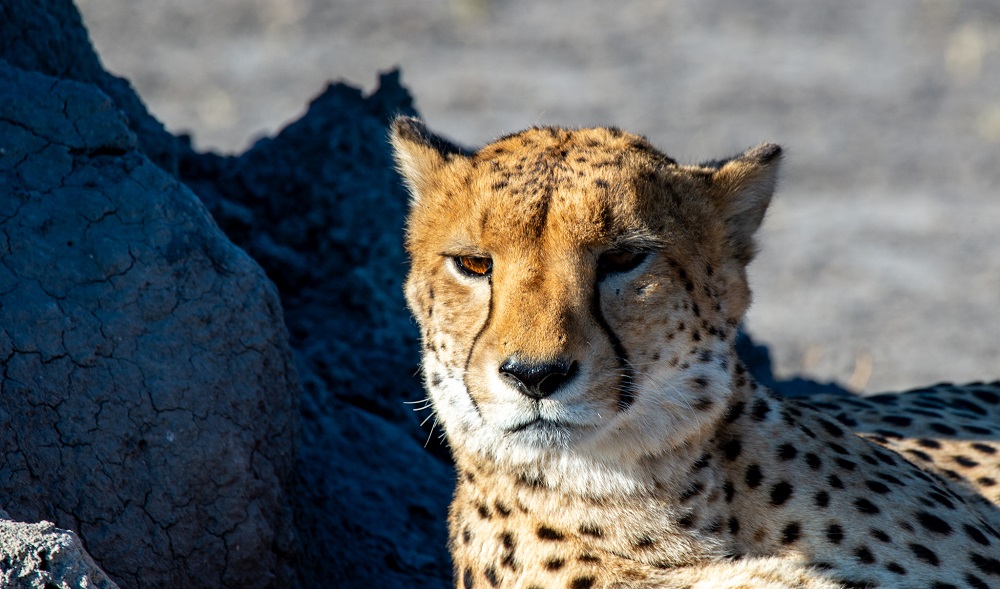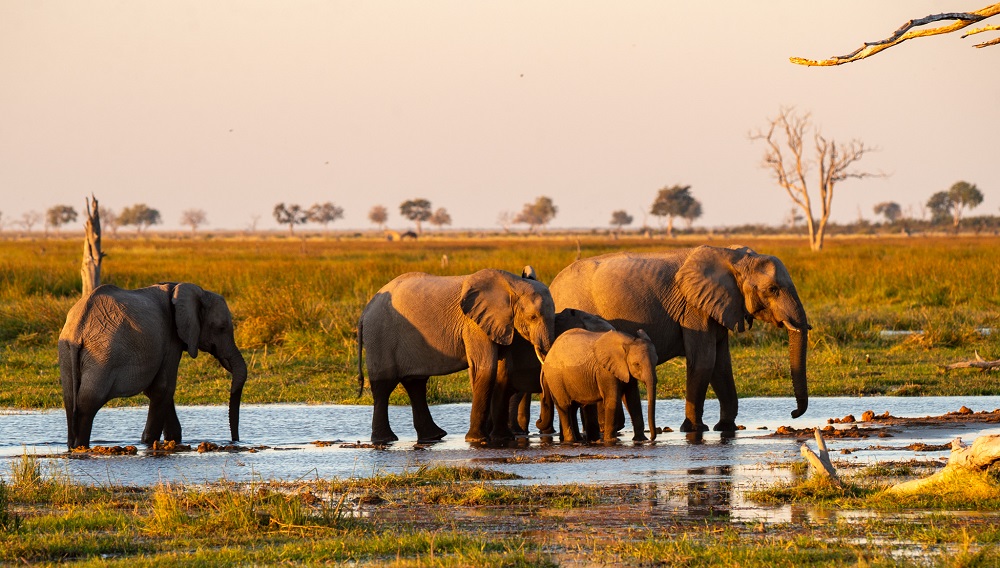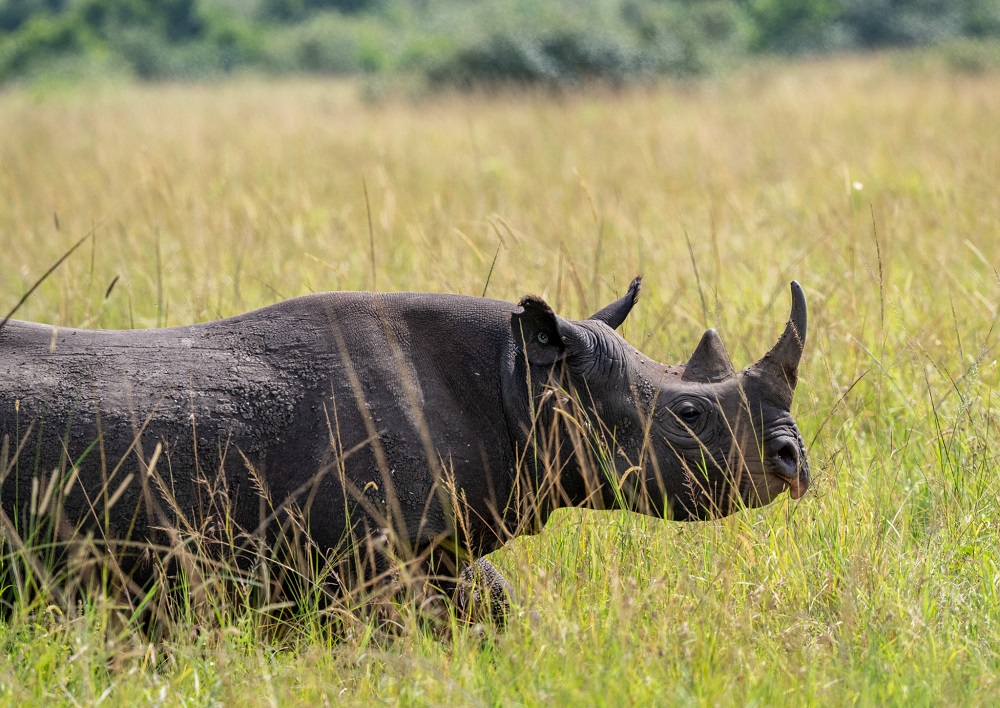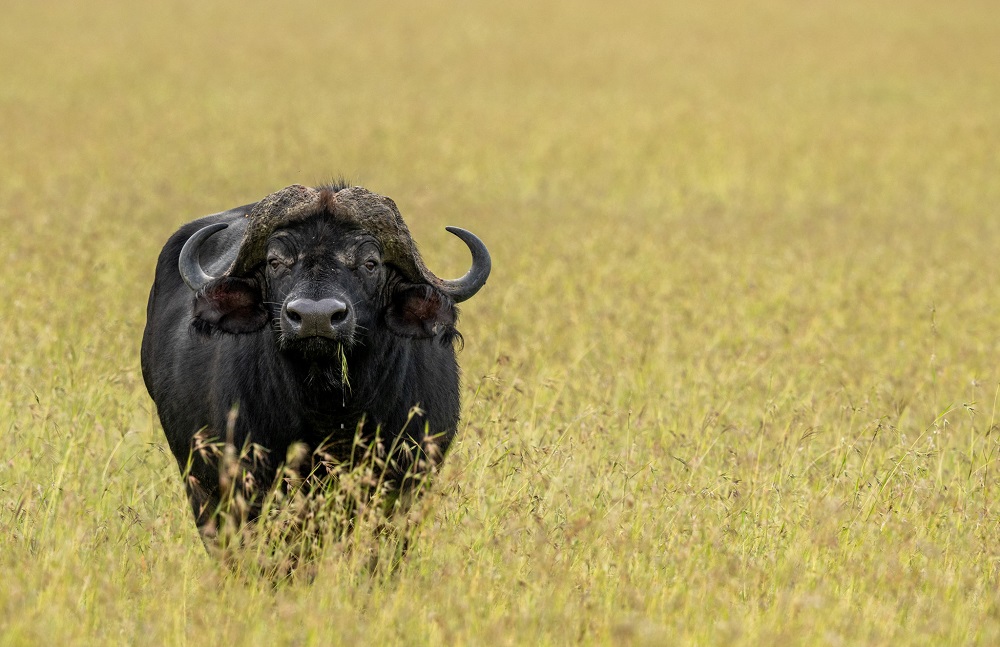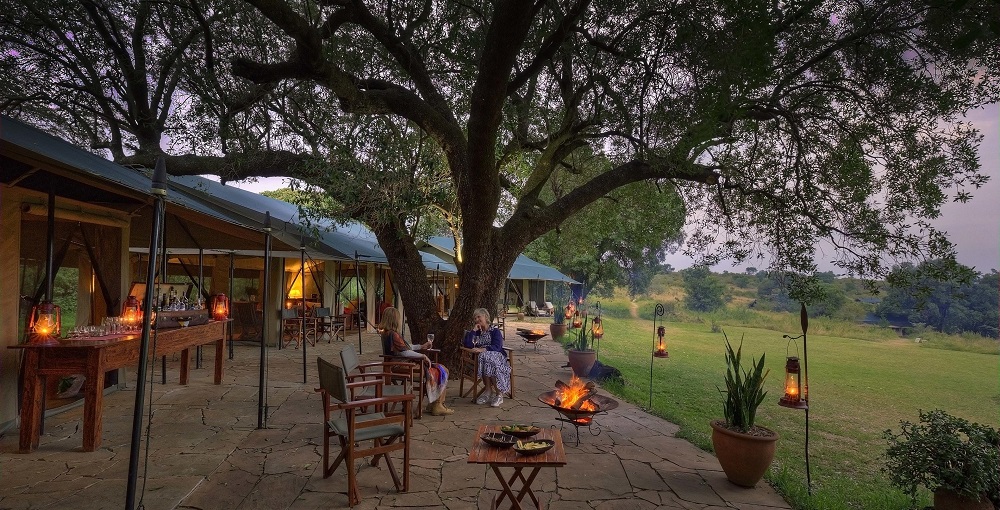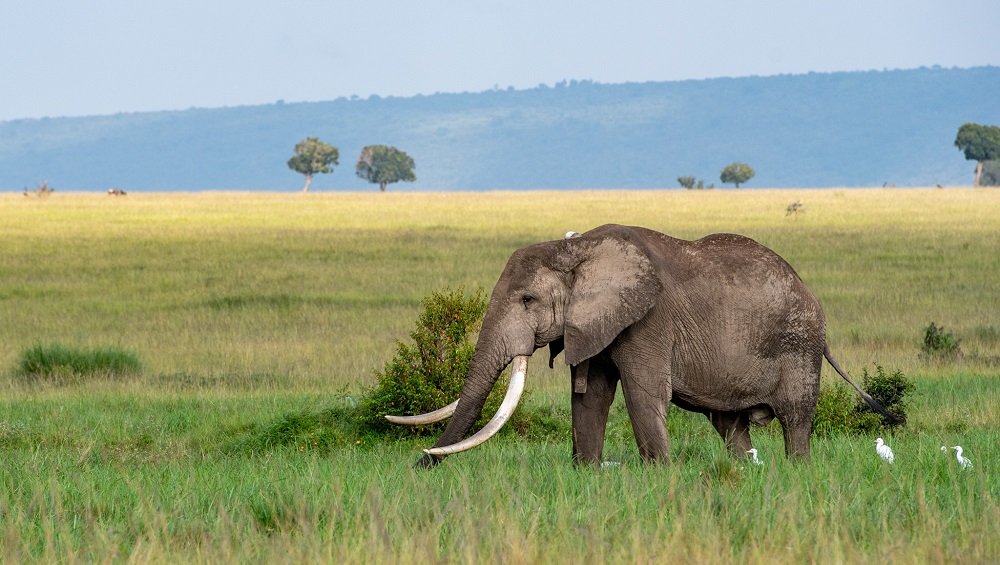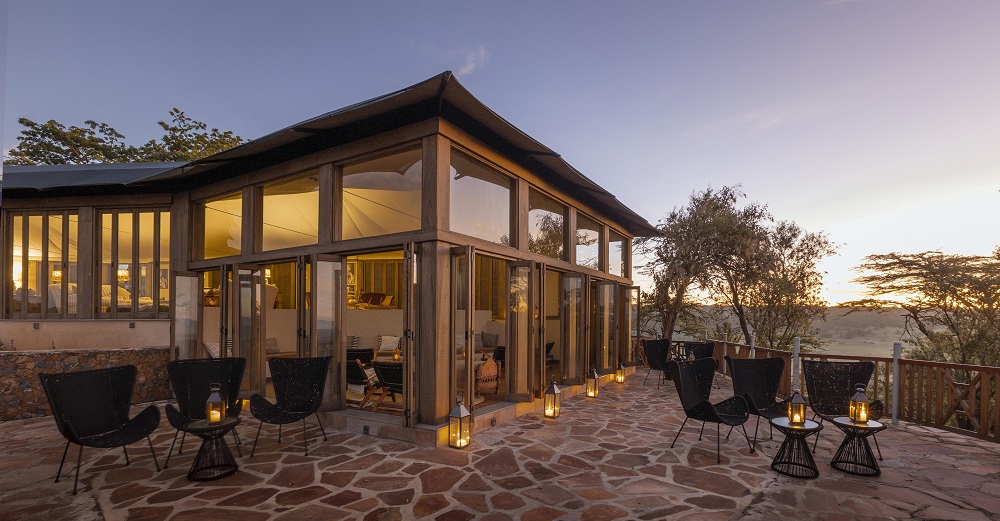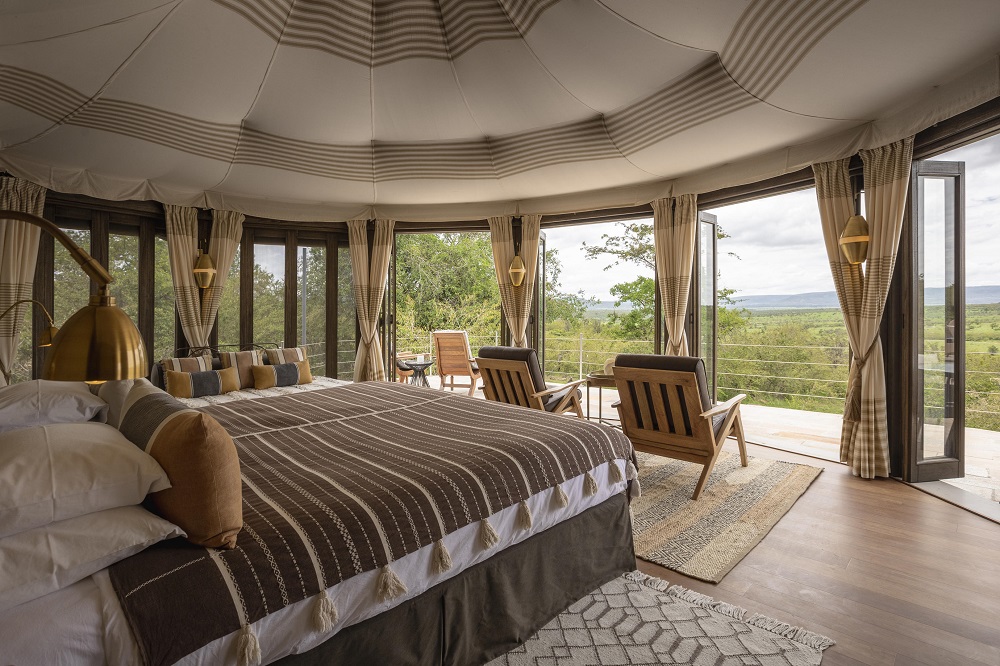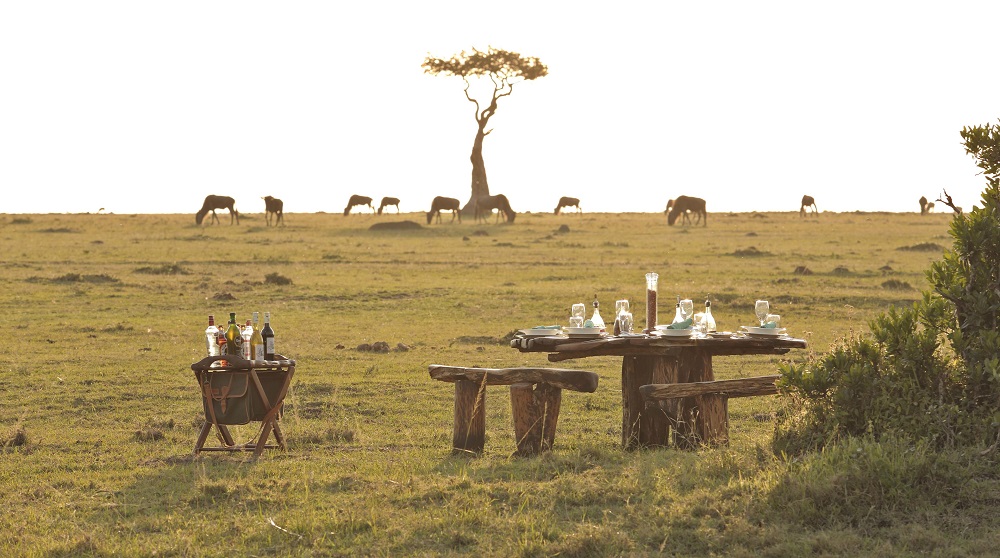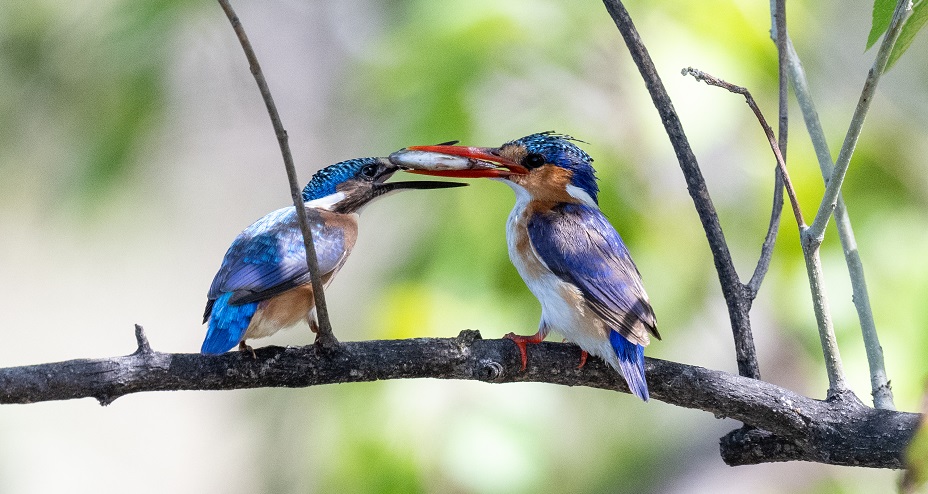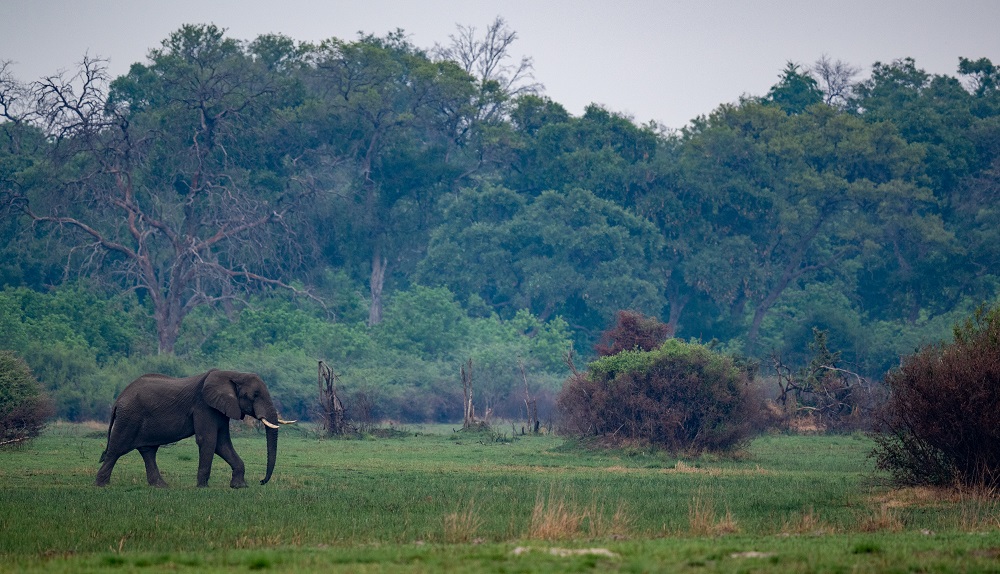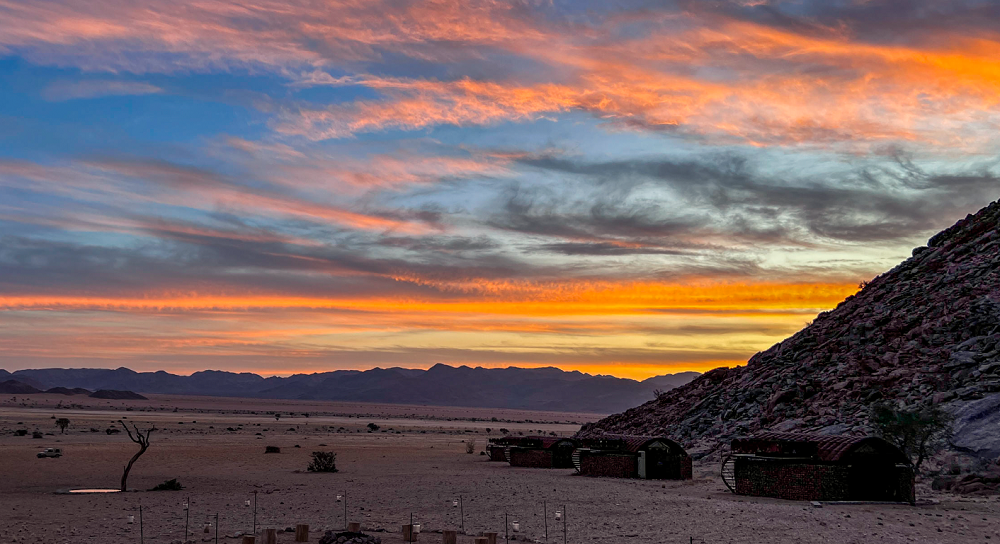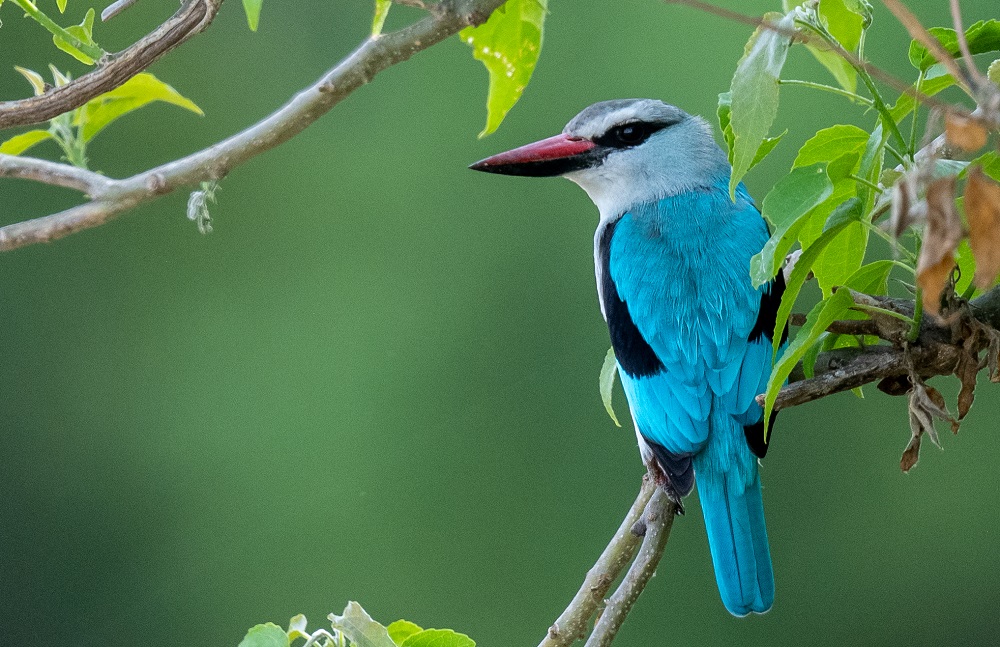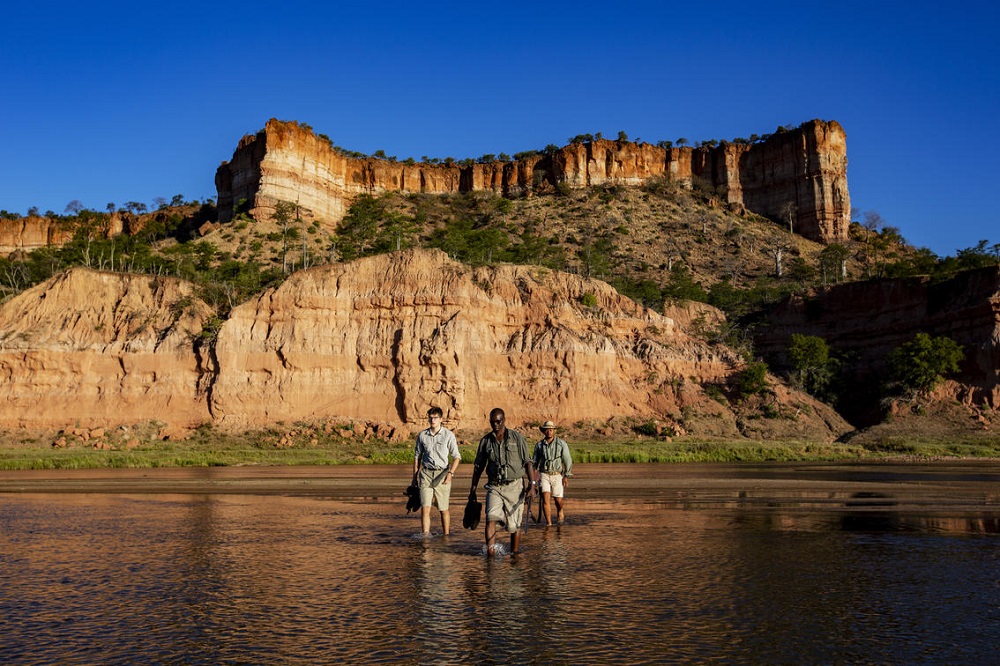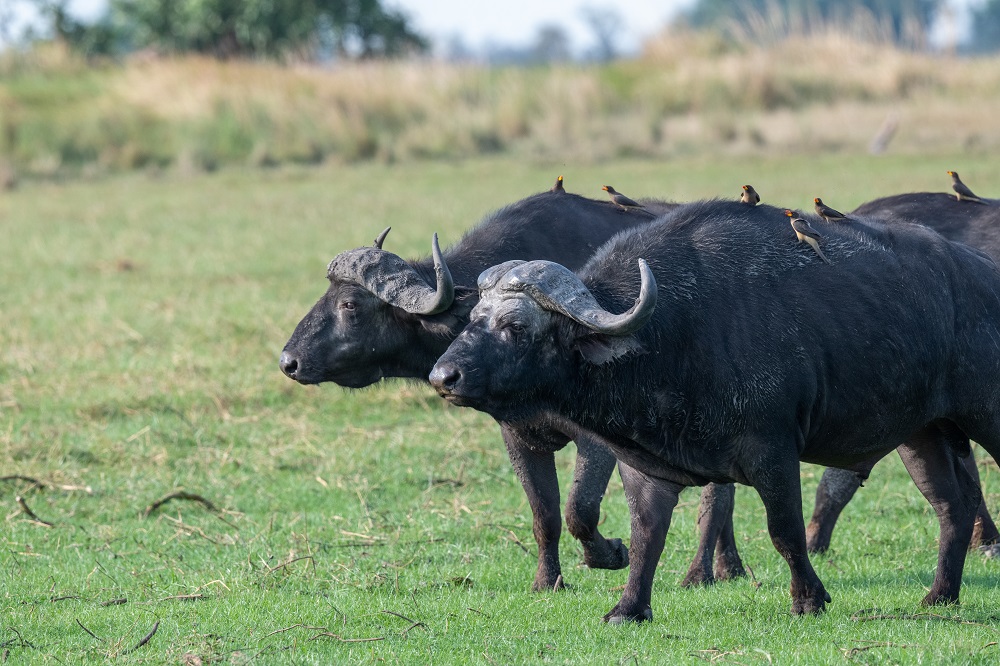Less than 90 minutes northwest of the modern metropolis of Johannesburg in South Africa’s highveld region, hidden among some beautiful rolling hills lies a largely undiscovered treasure trove of paleontology. A vast area dotted with giant dolomitic caverns, caves and natural sinkholes brought about by an event stretching back two billion years ago, when a giant meteorite hit earth at Vredefort, about 100 miles distant.
The resulting upheaval and subsequent geological events led to a remarkable number of fossils being left behind in the mixture of limestone and other sediments (known as breccia) which characterize the area.
Were it not for some enterprising miners in search of limestone – a mineral much in demand in the gold rush which engulfed the city of Johannesburg in the 1880’s – all of this may have escaped notice altogether. But it was not to be. Blasting operations by limestone seekers exposed a wealth of animal and humanoid bones to curious eyes. Predictably this attracted attention from (now famed) scientists like Raymond Dart and Robert Broom. Prof Broom’s 1946 discovery of ‘Mrs Ples’ – the well preserved skull of a Australopithecus afarensis – caused a minor sensation and added the Sterkfontein caves to the pantheon of African paleontology, together with Taung, Olduvai and others.
The hominin remains that fossilized over time at the Cradle of Humankind are found in dolomitic caves, and are often encased in breccia. Early hominids may have lived throughout Africa, but their remains are found only at sites where conditions allowed for the formation and preservation of fossils, as was the case here.
For a modern day visitor, there is much to be seen and learned here, particularly on a professionally guided discovery tour. Early this year Bert embarked on a half day ‘Human Origins’ tour which included visits to the Gladysvale cave and Malapa site, where ongoing active digging can be observed from an elevated spider-like metal platform.
My driver and I were accompanied by professional guide Chris Green who displayed an encyclopedic knowledge of the area. Chris was able to provide crucial background information and insight into the sometimes complex story.
The tour starts at the 30-room Cradle Boutique Hotel and can either be preceded or followed by a 30-minute or so audiovisual presentation, narrated mostly by American-born paleontologist Lee Berger. In addition to the videos there are several explanatory murals, maps, schematic renderings, fossil replicas and other artifacts. All telling a fascinating story of what transpired in the area over the eons.
Participants then board a 4-wheel drive vehicle, proceeding down a well maintained gravel road. Two world-famous active fossil digs – Gladysvale and Malapa – are the key attractions visited on this tour. They are located within the John Nash and Malapa Nature Reserves which comprise the core of the UNESCO designated Cradle of Humankind World Heritage Site.
The discoveries at Rising Star Cave [Homo naledi] and at Malapa [Australopithecus sediba] were rated by The Smithsonian Magazine in the top ten scientific breakthroughs in the last decade. The Human Origins Tour is the only privately guided tour to visit the two sites.
In addition to stops at Gladysvale cave and the Malapa dig site, we stopped along the way to observe the landscape from a high point. Both the Witwatersrand ridge to the south and the Magaliesberg range to the north could be seen.
The high altitude dolomitic grasslands here are second only to the Cape Floral Kingdom (Fynbos) in terms of floral diversity. This protected area is also home to leopard, brown hyena and caracal. Antelope species like the magnificent eland, blesbok, kudu, blue wildebeest, zebra and red hartebeest are some of the other species to be seen. Amazingly, all within sight of the second largest urban area on the African continent. The two most memorable sightings we had were of giraffes and blesbok with their unmistakable white faces. On the day, there were good numbers of wildebeest, some impala, kudu, eland, warthogs and ostriches as well.
What to expect on a typical tour::
- 08:00 Pick-up from your Sandton or Johannesburg-area hotel. The drive to the Cradle Boutique Hotel will be around 90 minutes or so.
- 09:30 Transfer into open game drive vehicles.
- Visit the elevated viewpoint for an orientation talk which sets the scene and establishes a framework for what follows.
- Walk into the massive Gladysvale cave to visually observe what a fossil-rich environment looks like.
- Snacks and soft beverages including water are provided
- Walk up into the Malapa Beetle to observe an active dig site from an elevated spot.
- 13:30 Lunch at Cradle Boutique Hotel (for guests’ own account)
- Visit the Malapa museum to check out the many displays and audiovisual presentations. The museum is closed on Monday and Tuesday.
- 16:00 Drop-off back at your hotel.
Fish Eagle Safaris will book the outing for you. Bert has done several local sightseeing outings in Johannesburg over the last few years, encompassing history, culture and art. Email him at bert@fisheaglesafaris.com for more information about touring options and for an updated Johannesburg sightseeing document.


